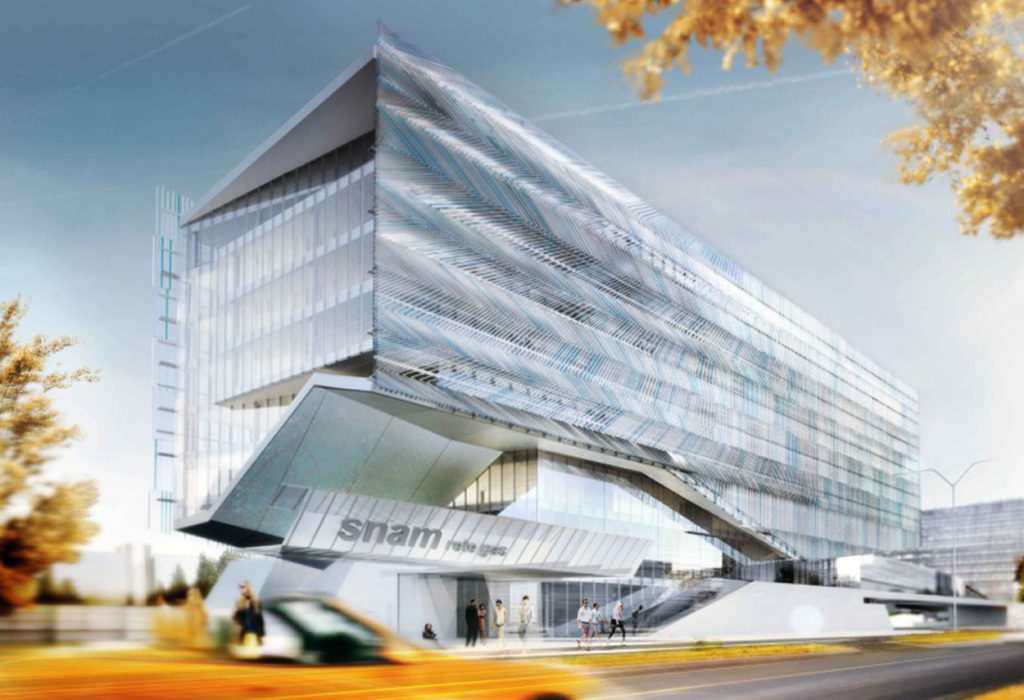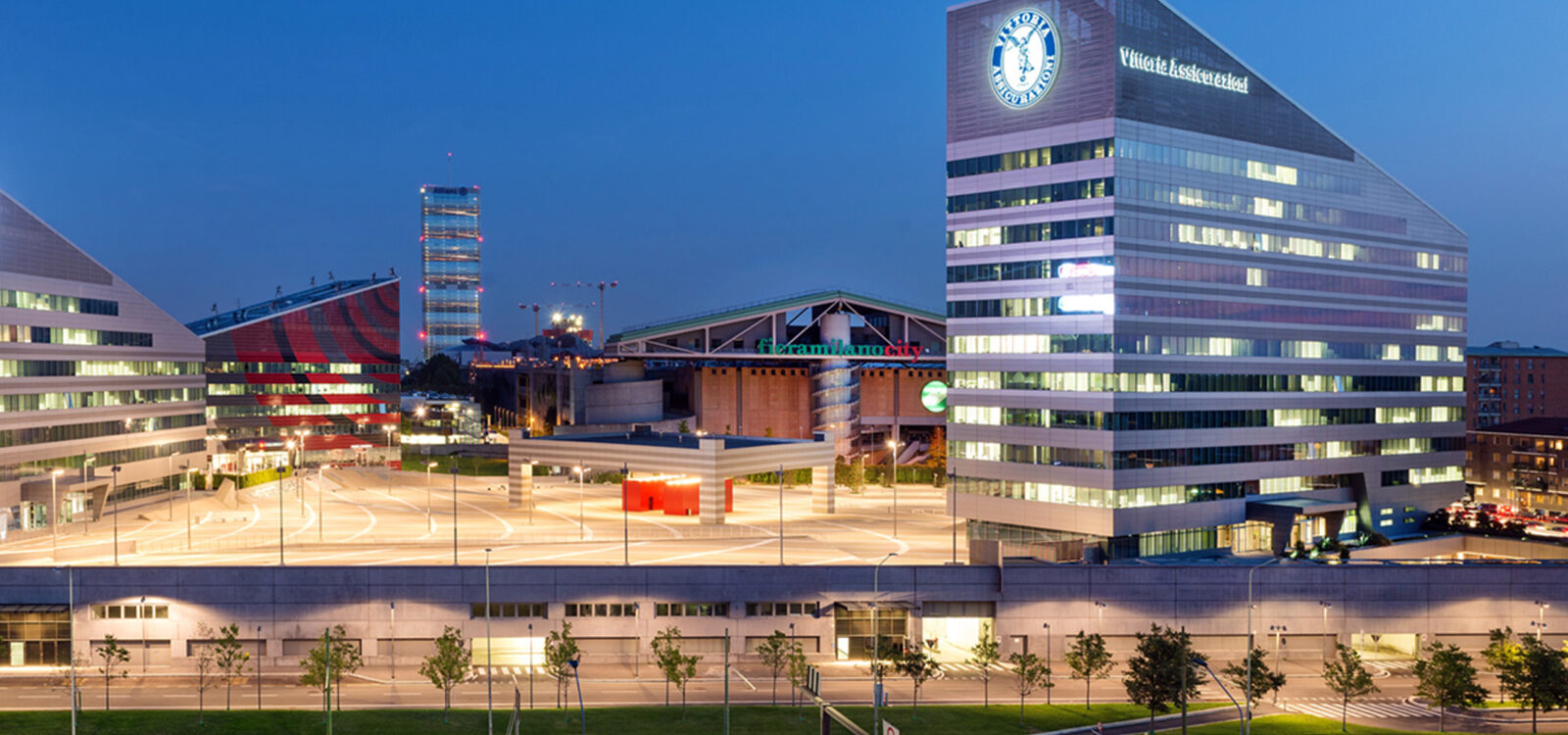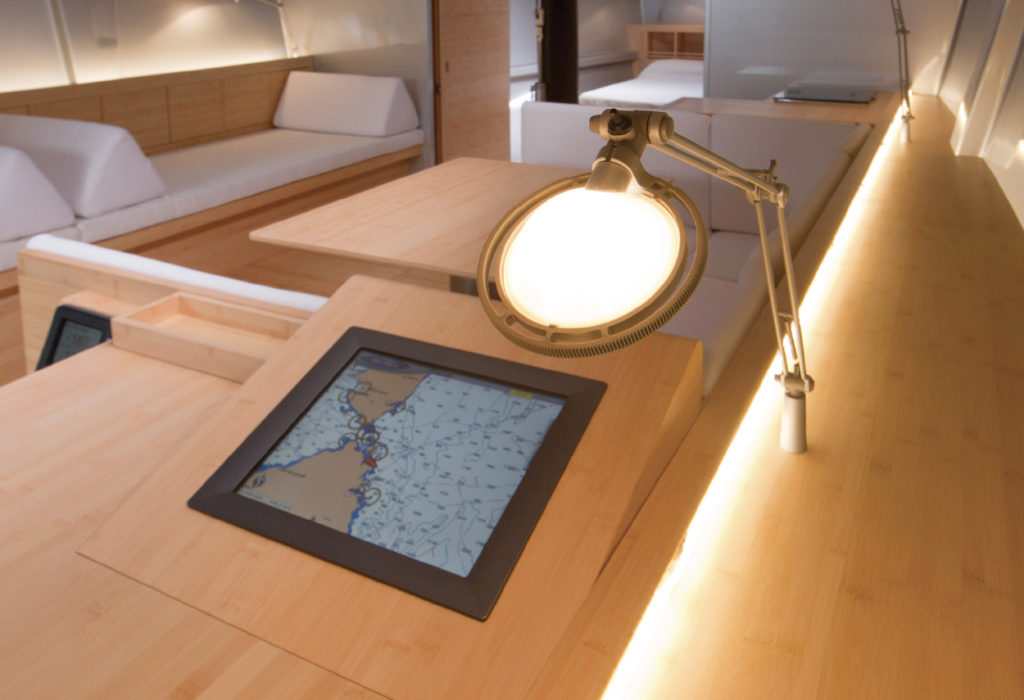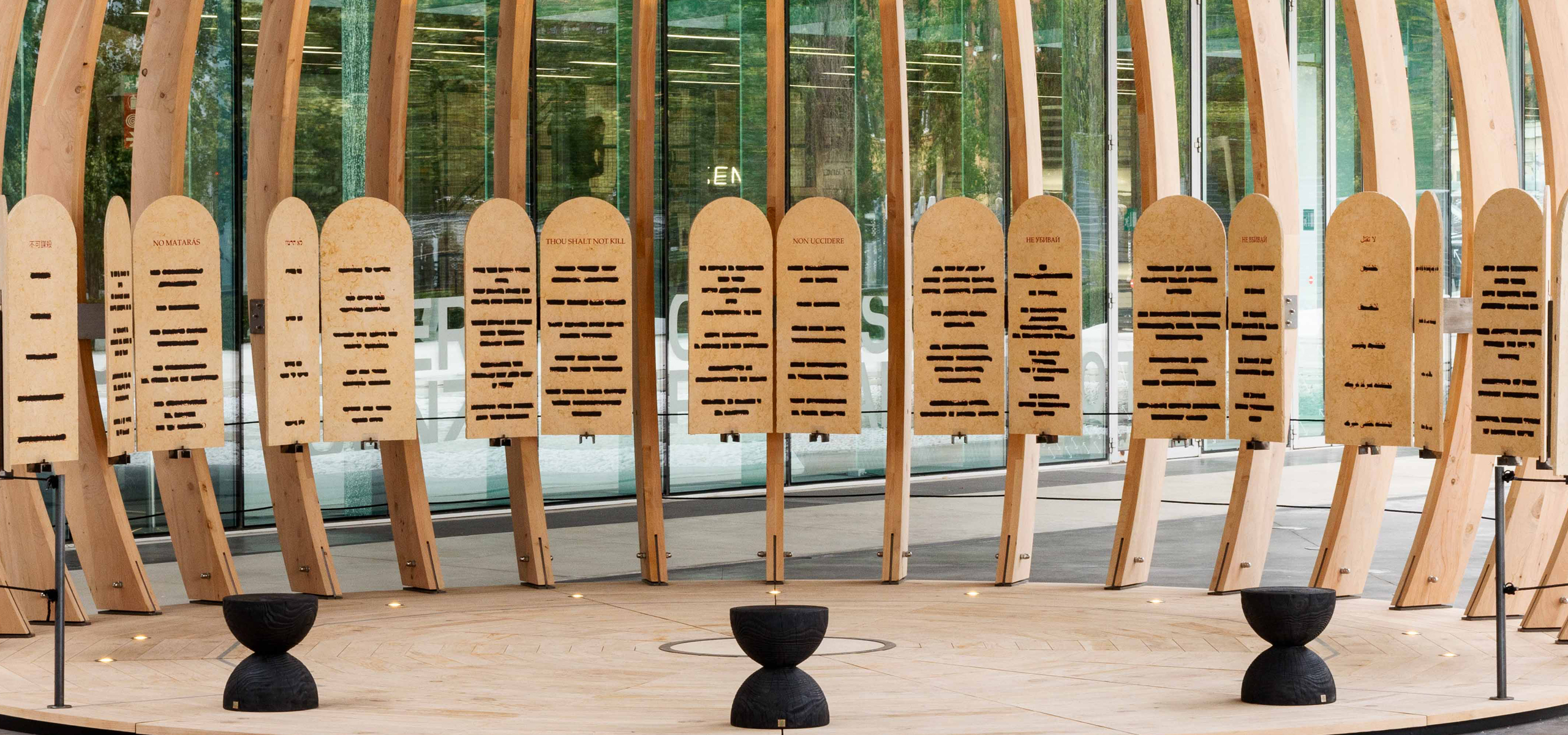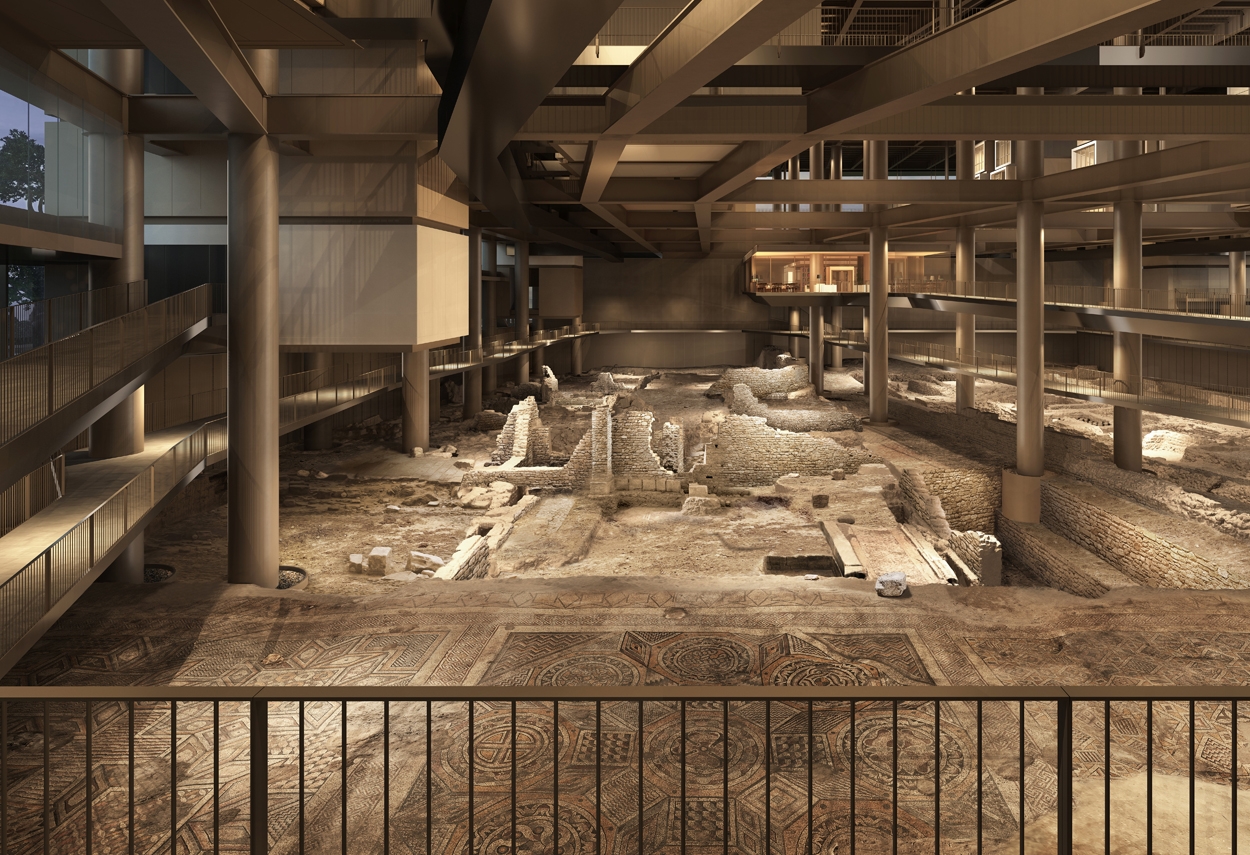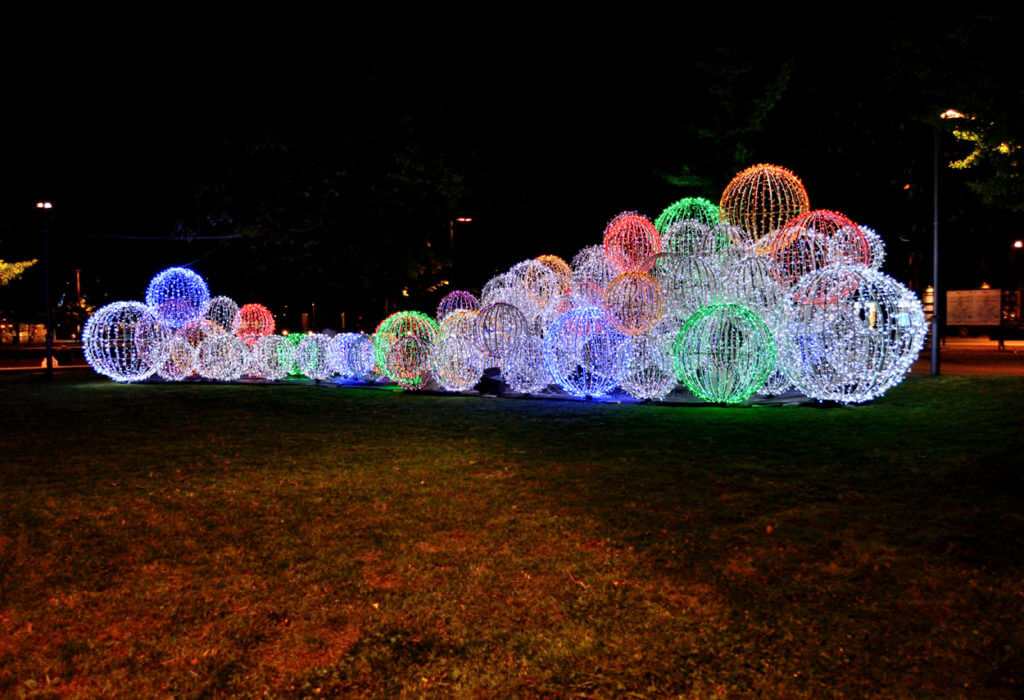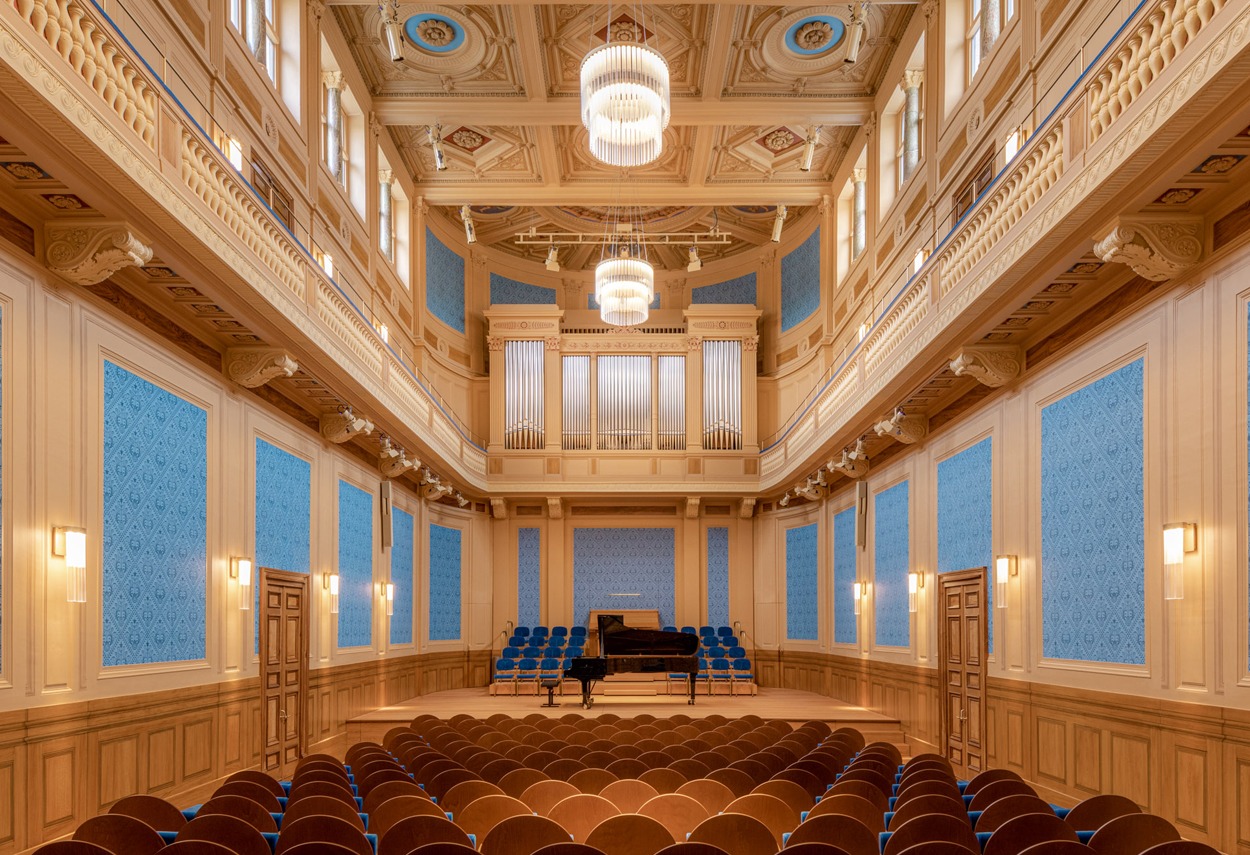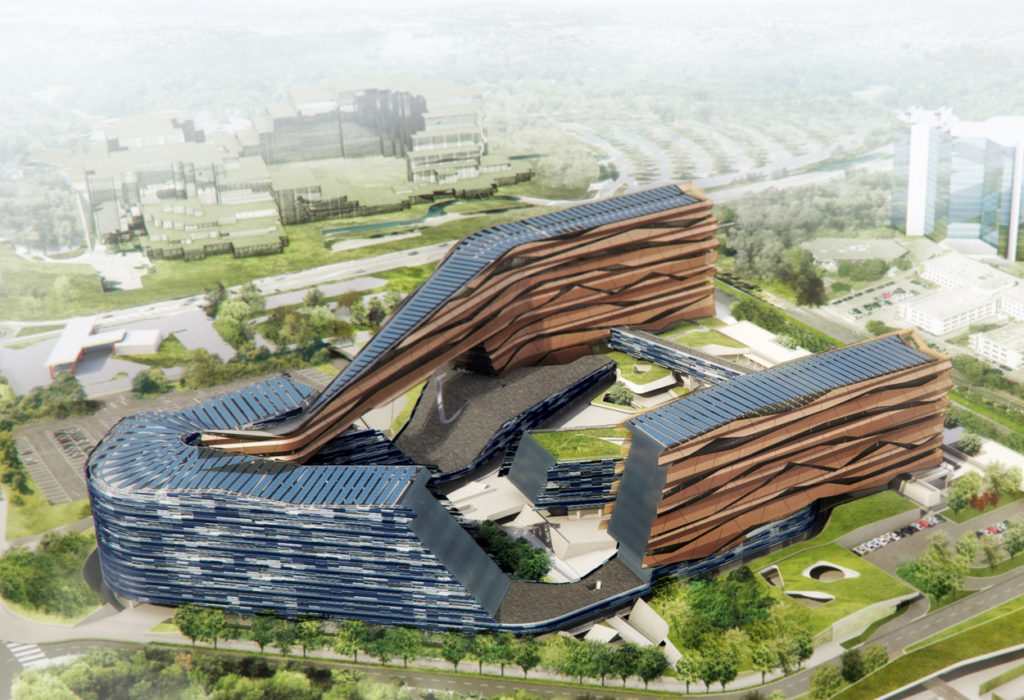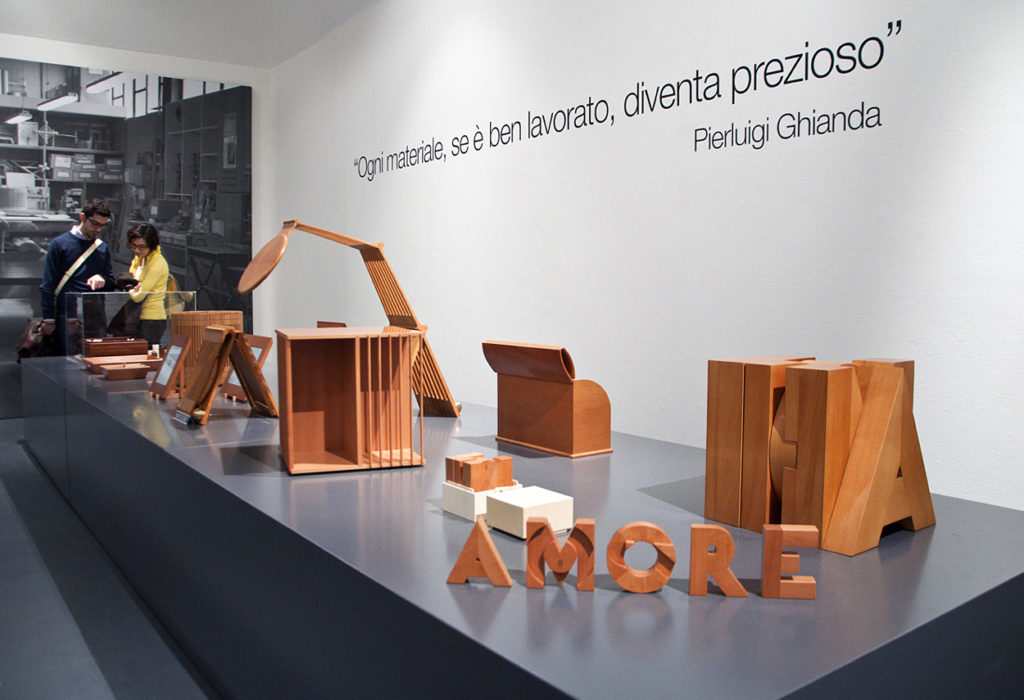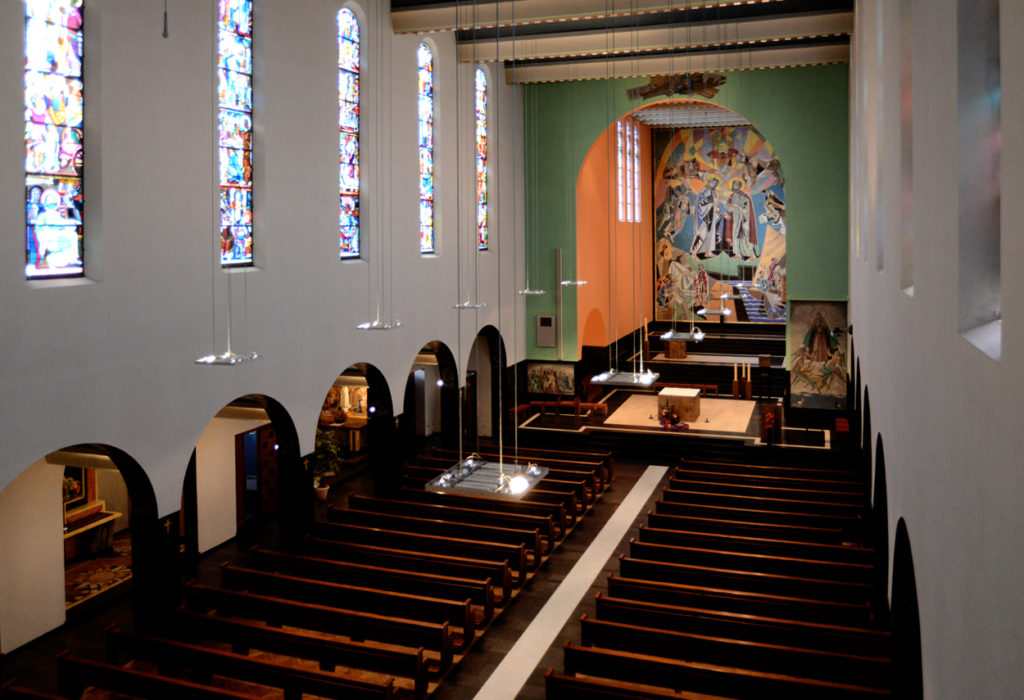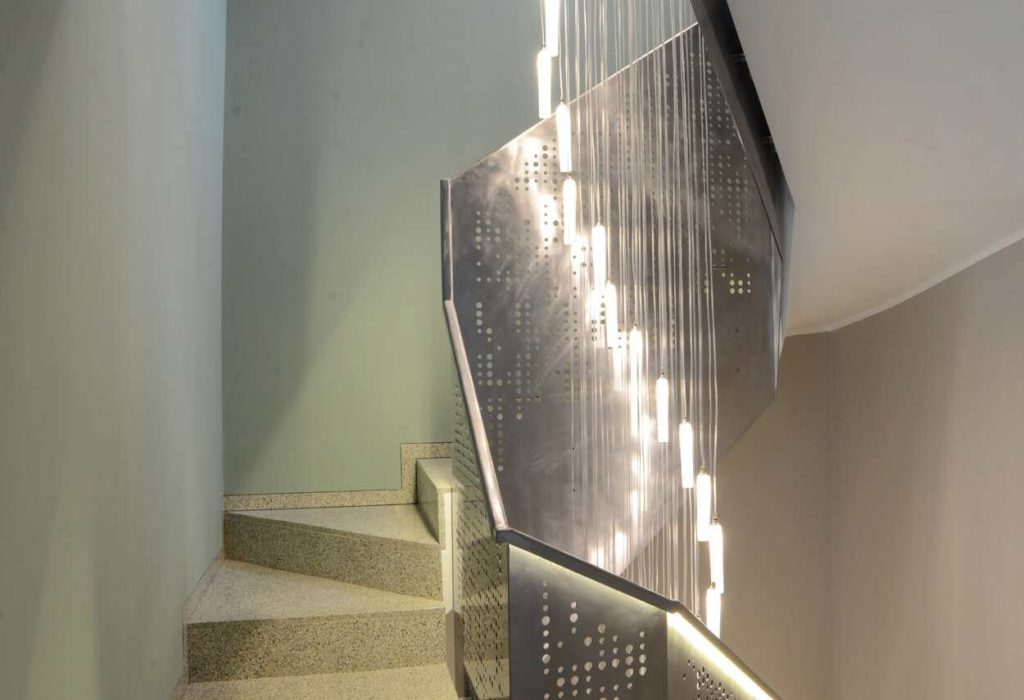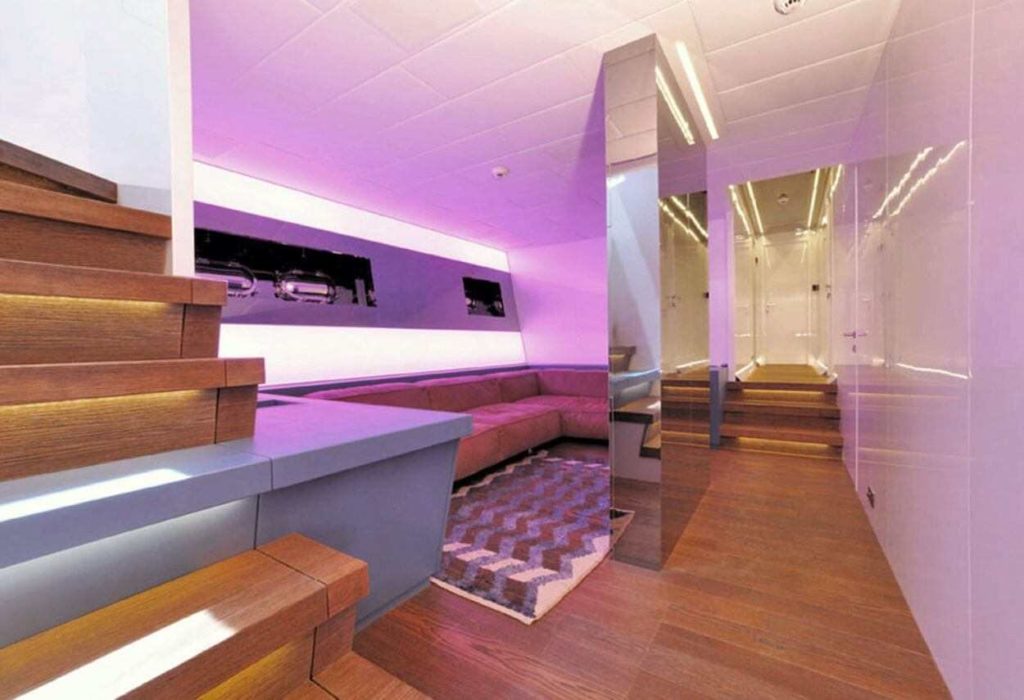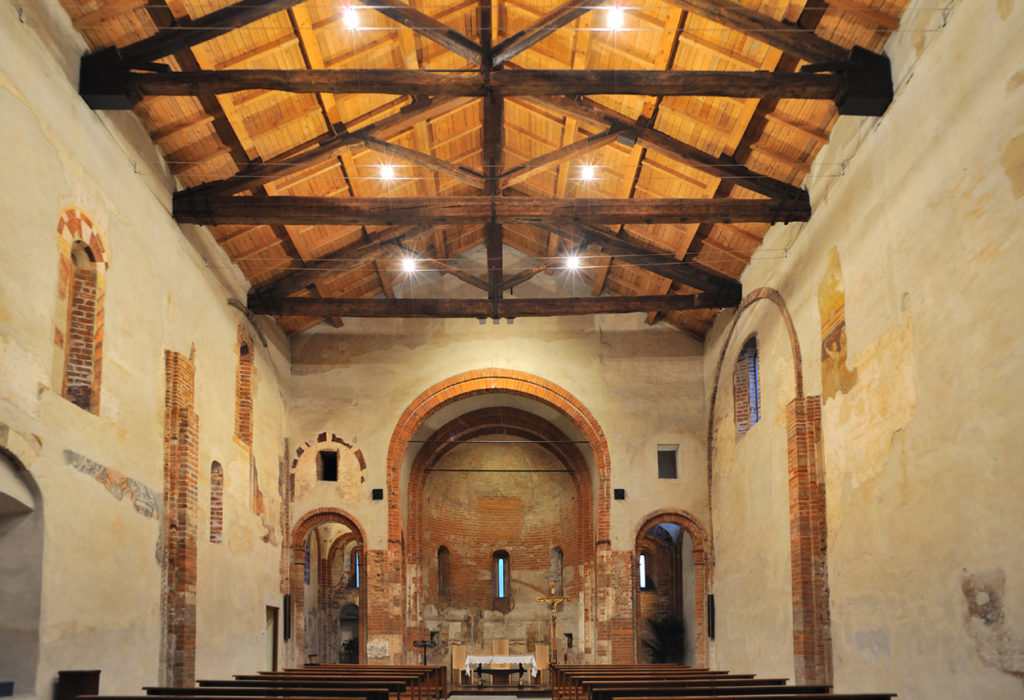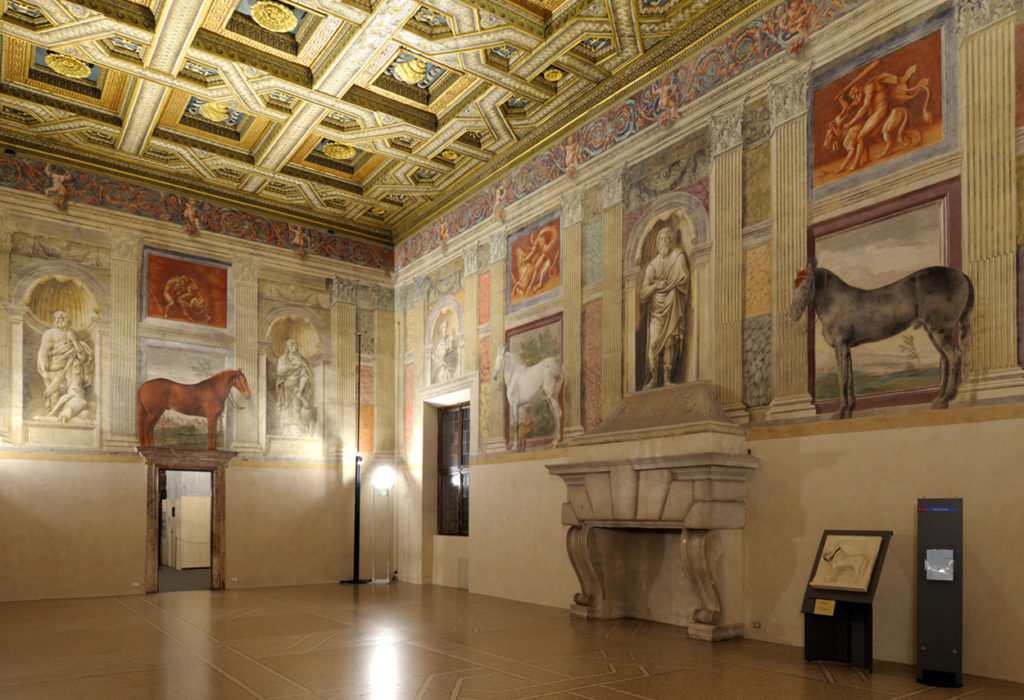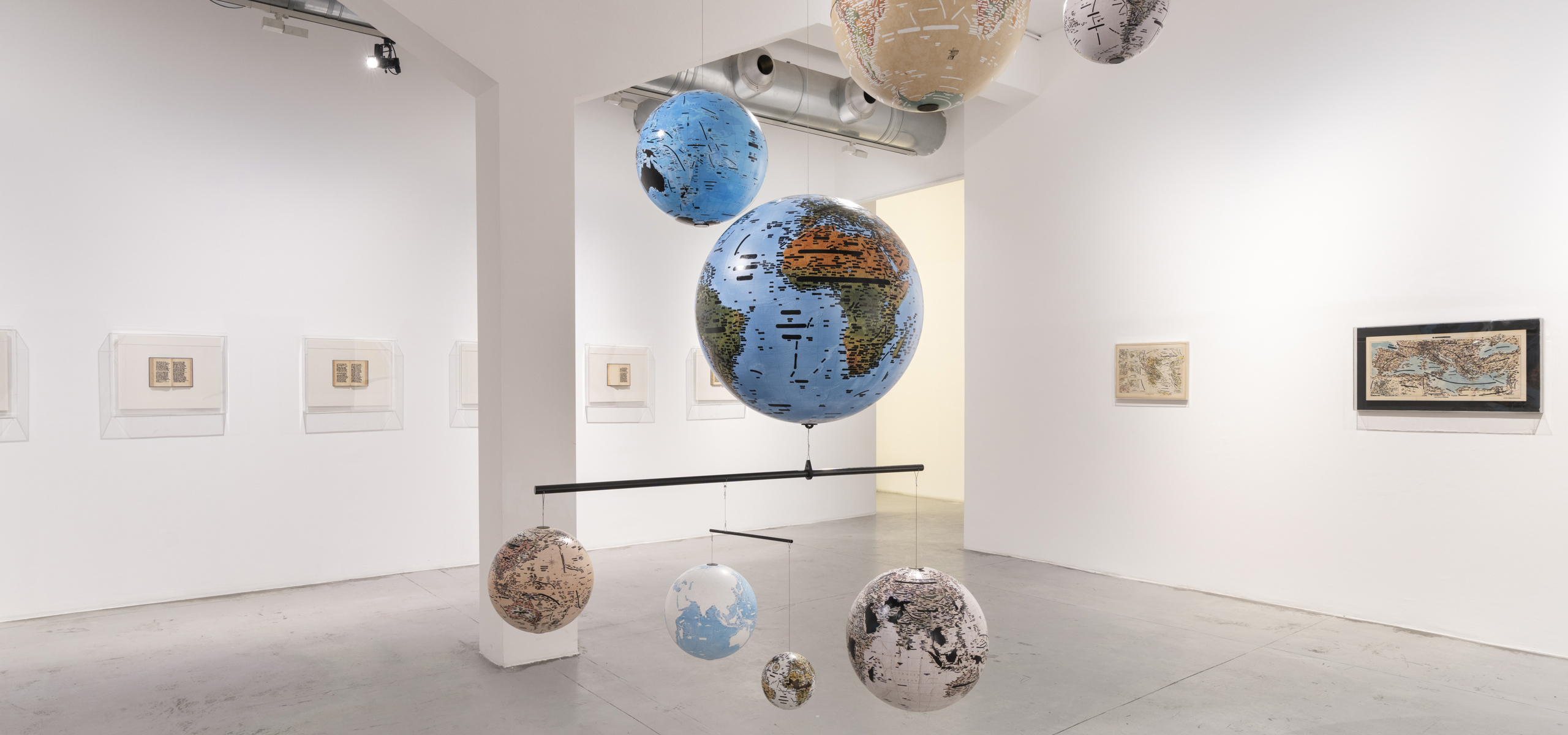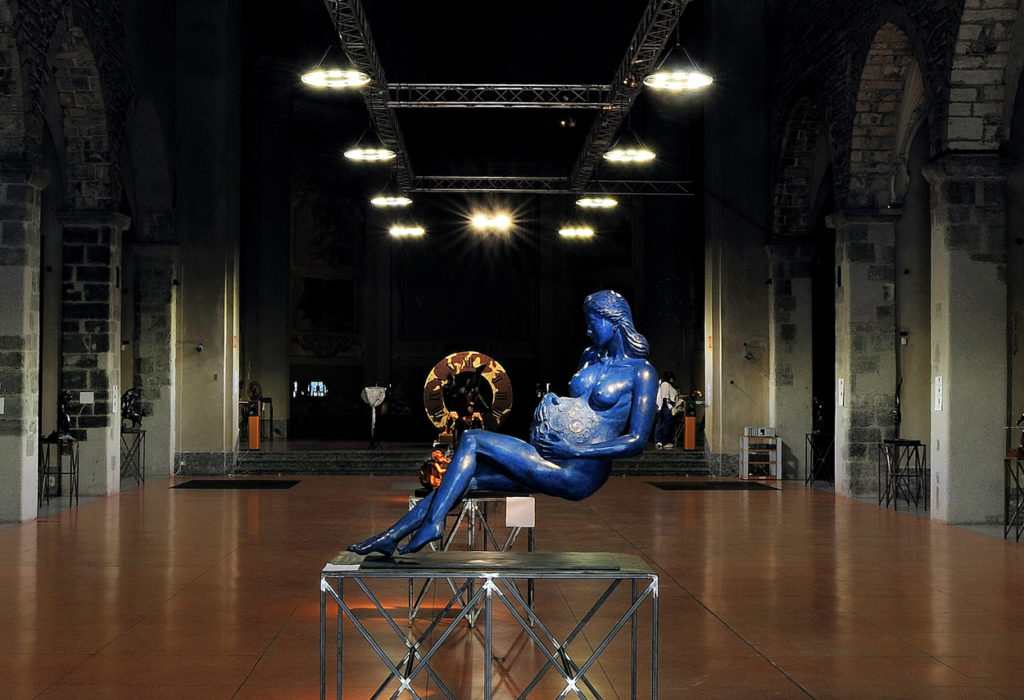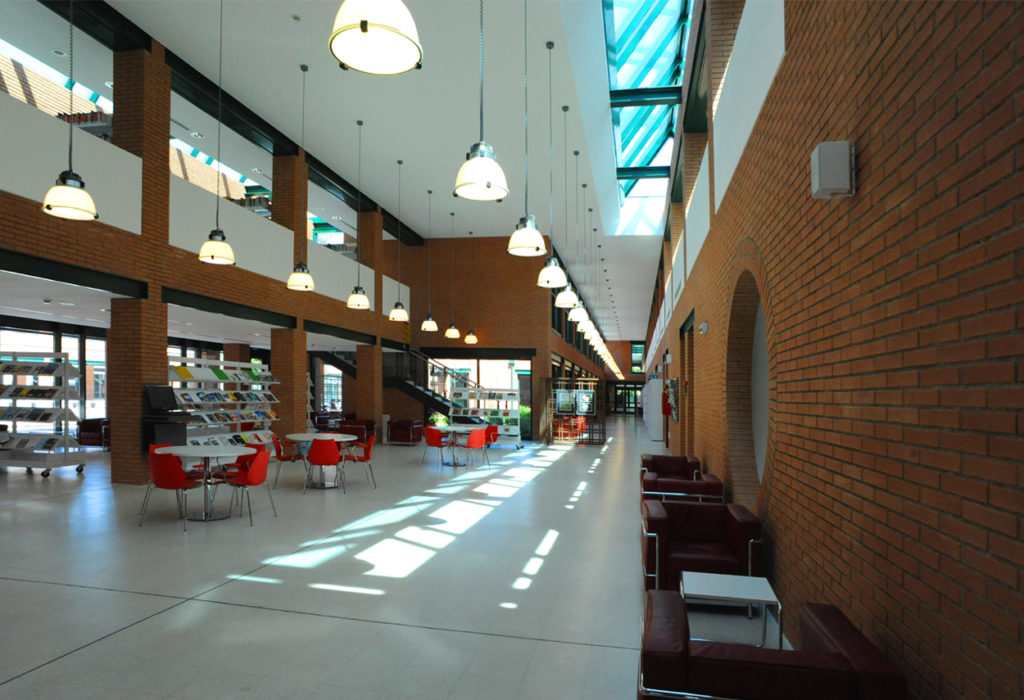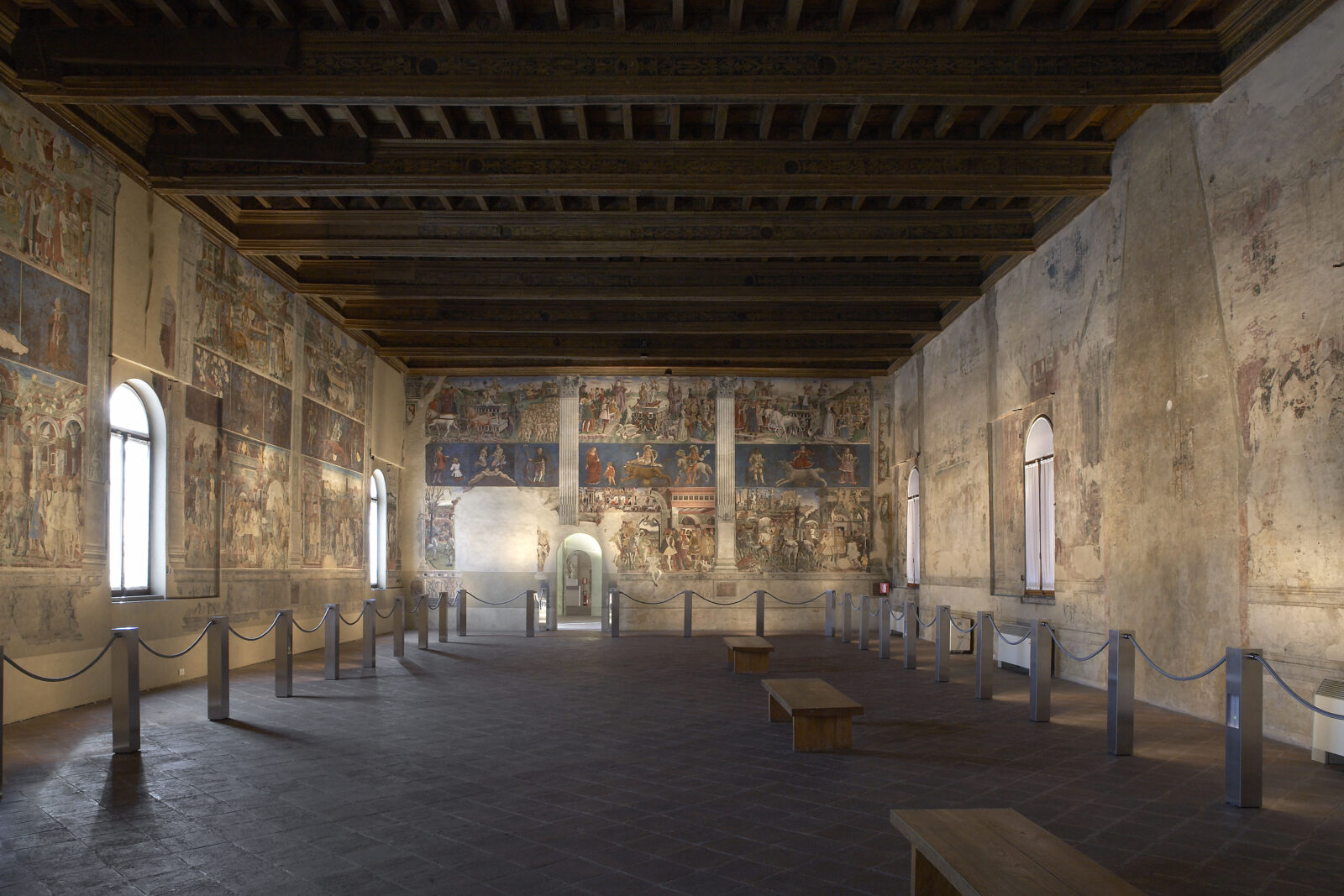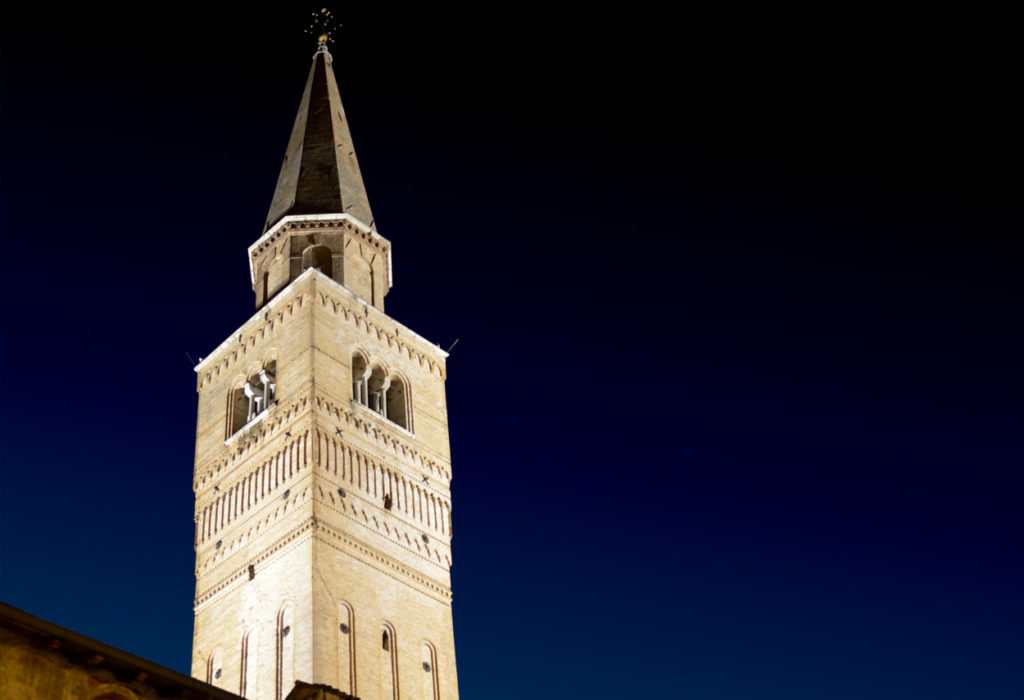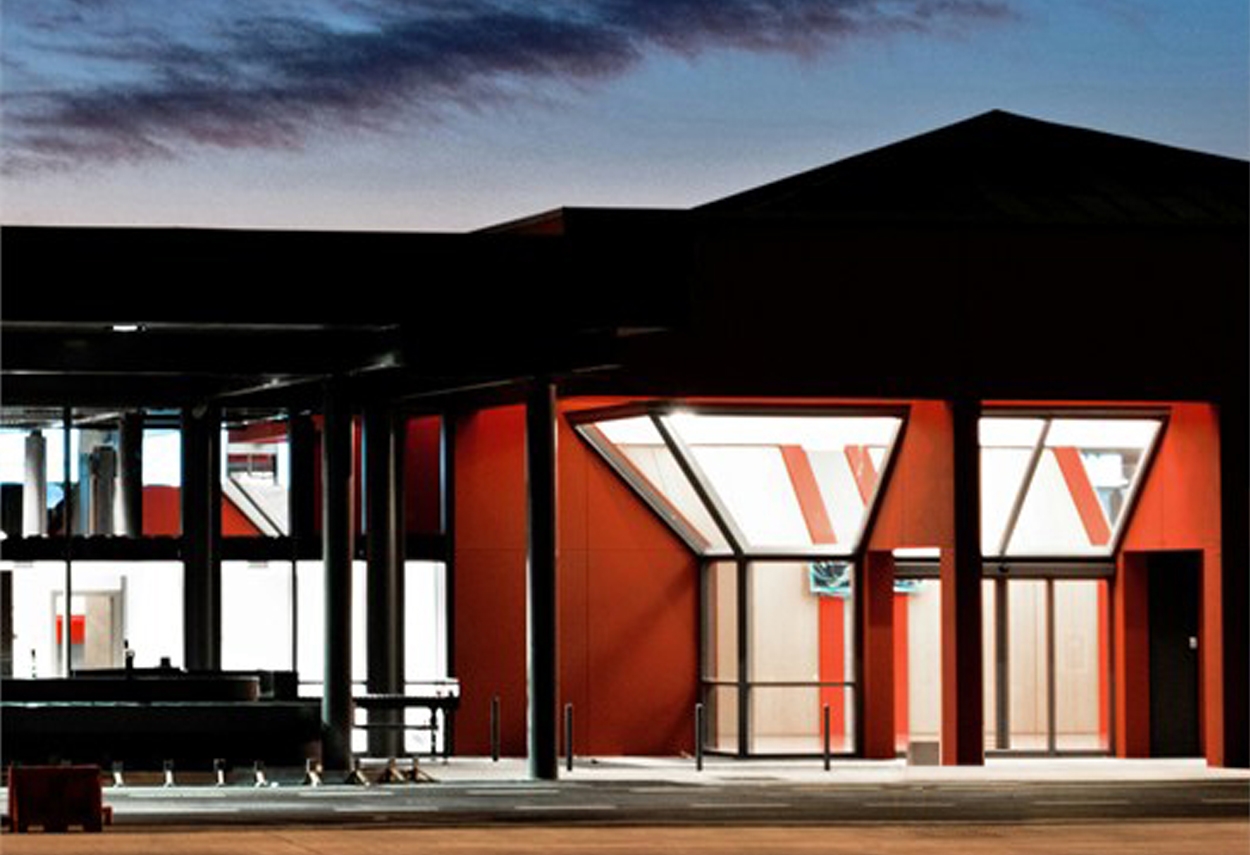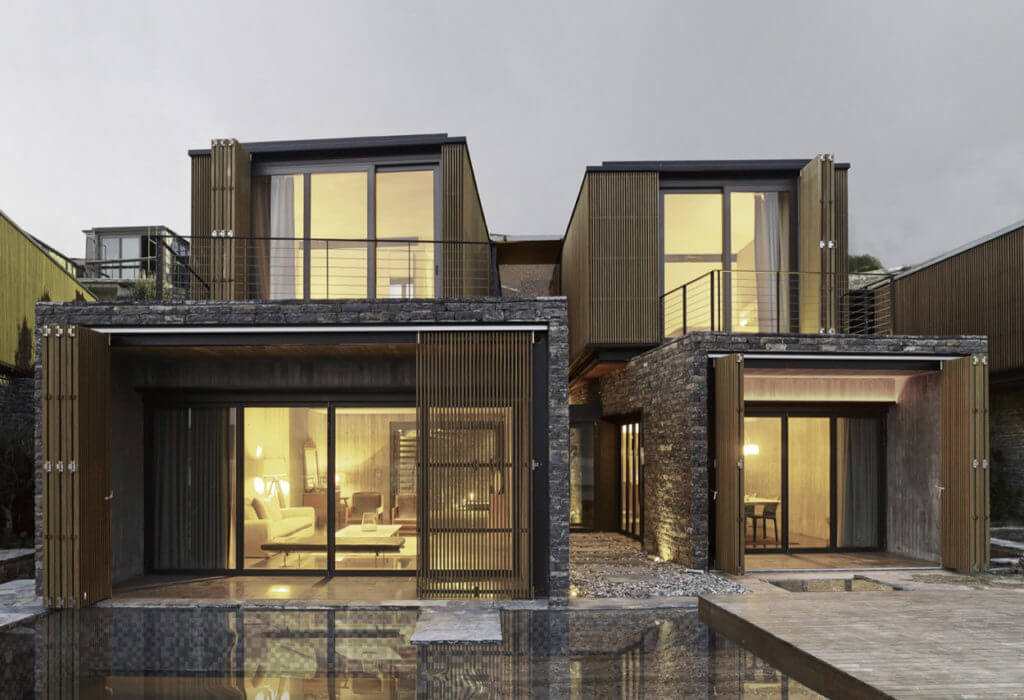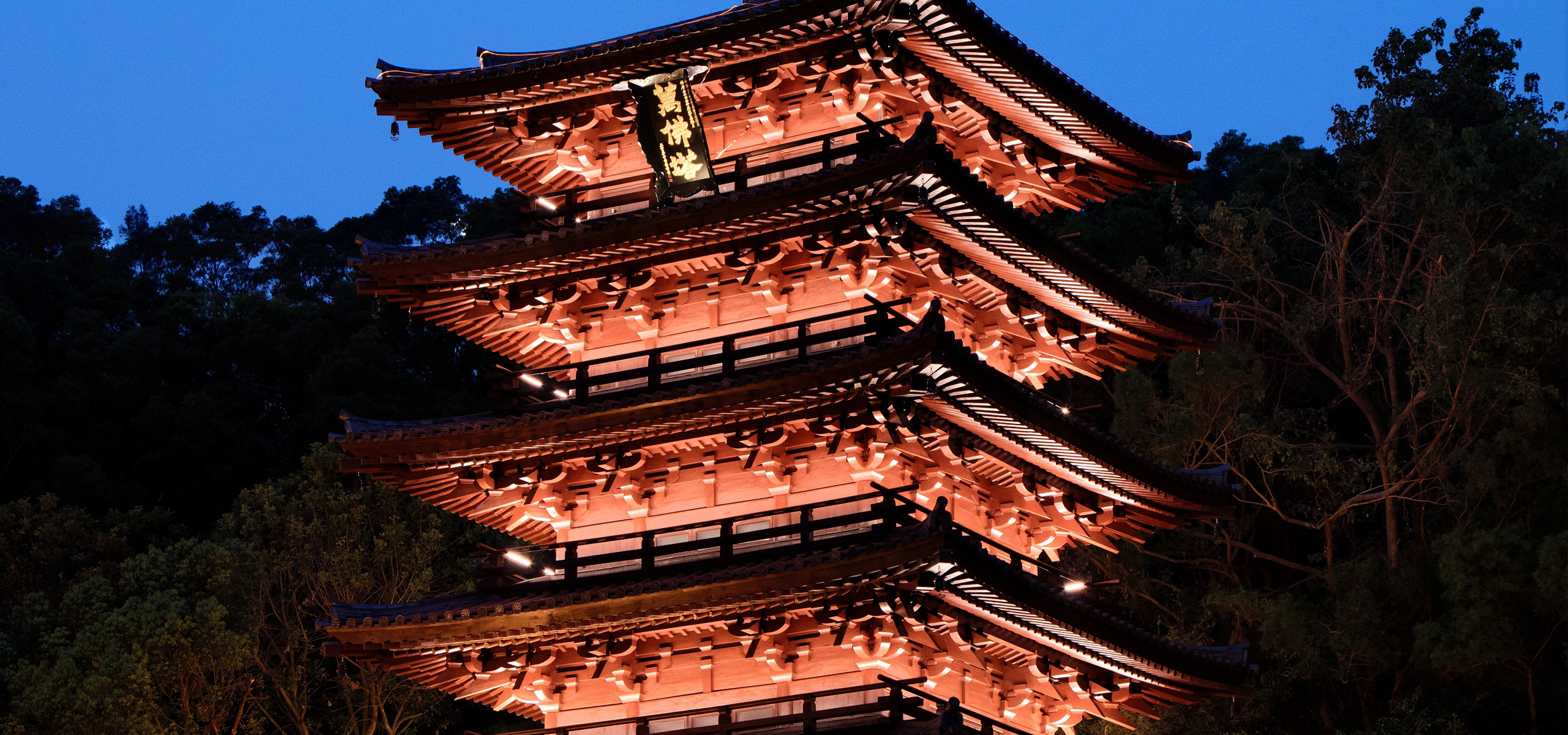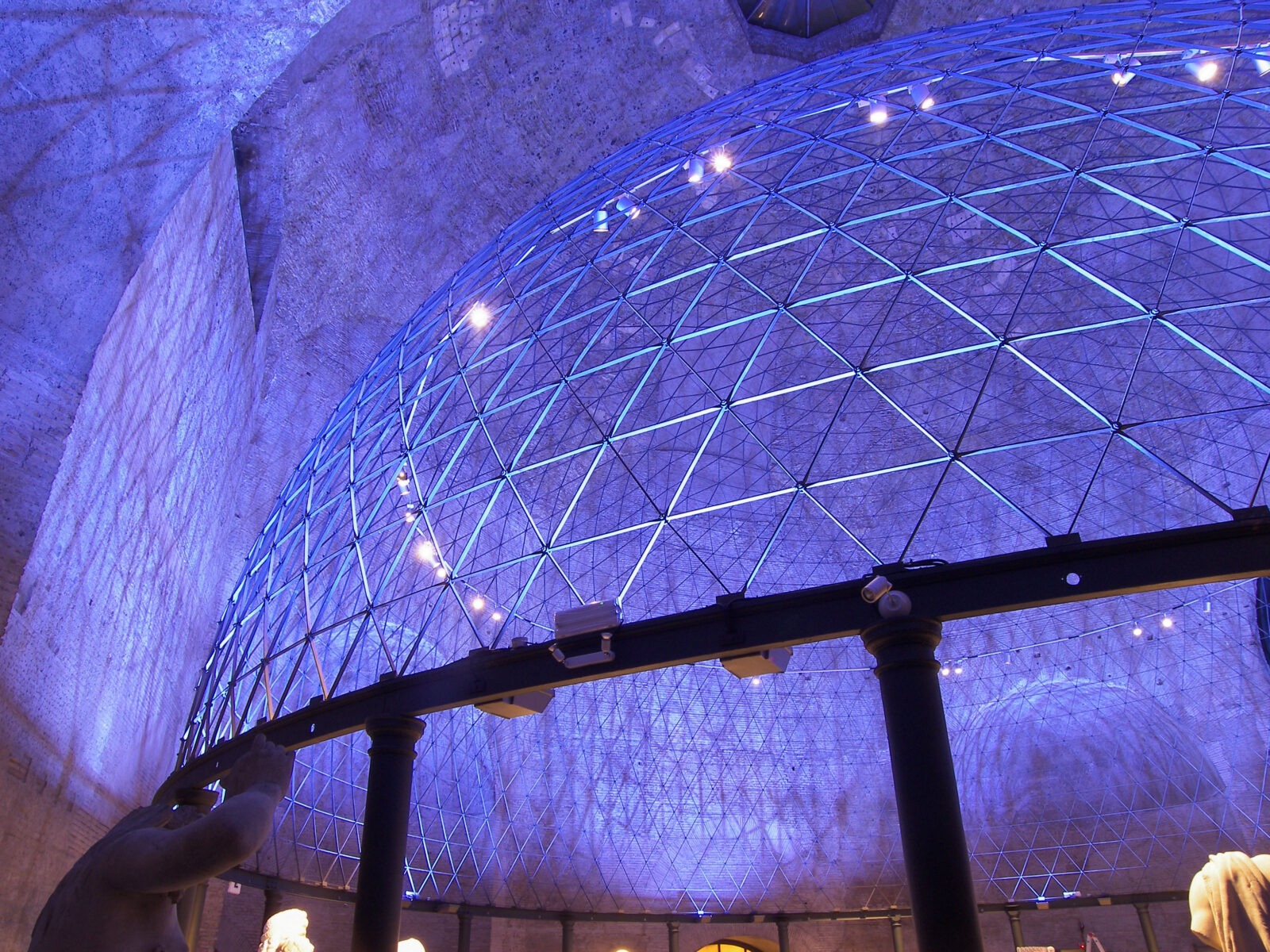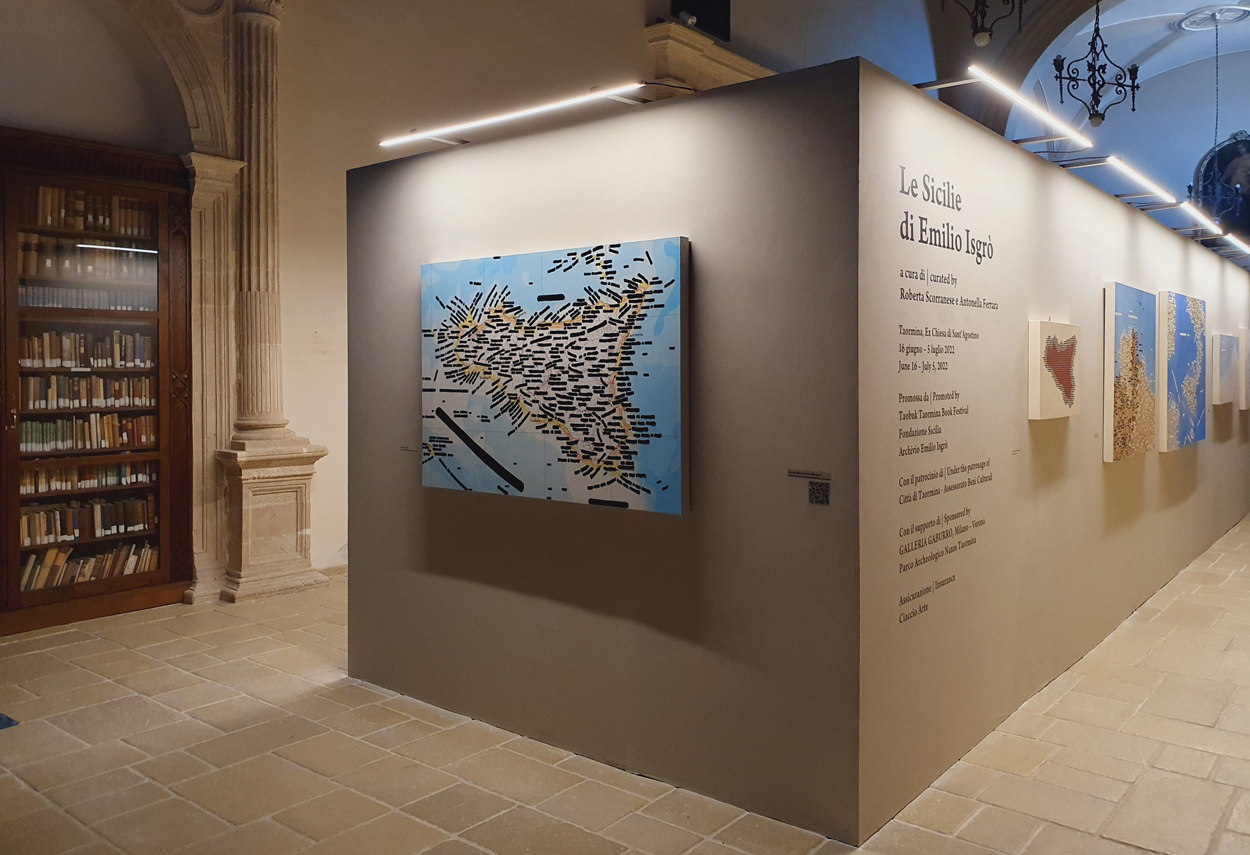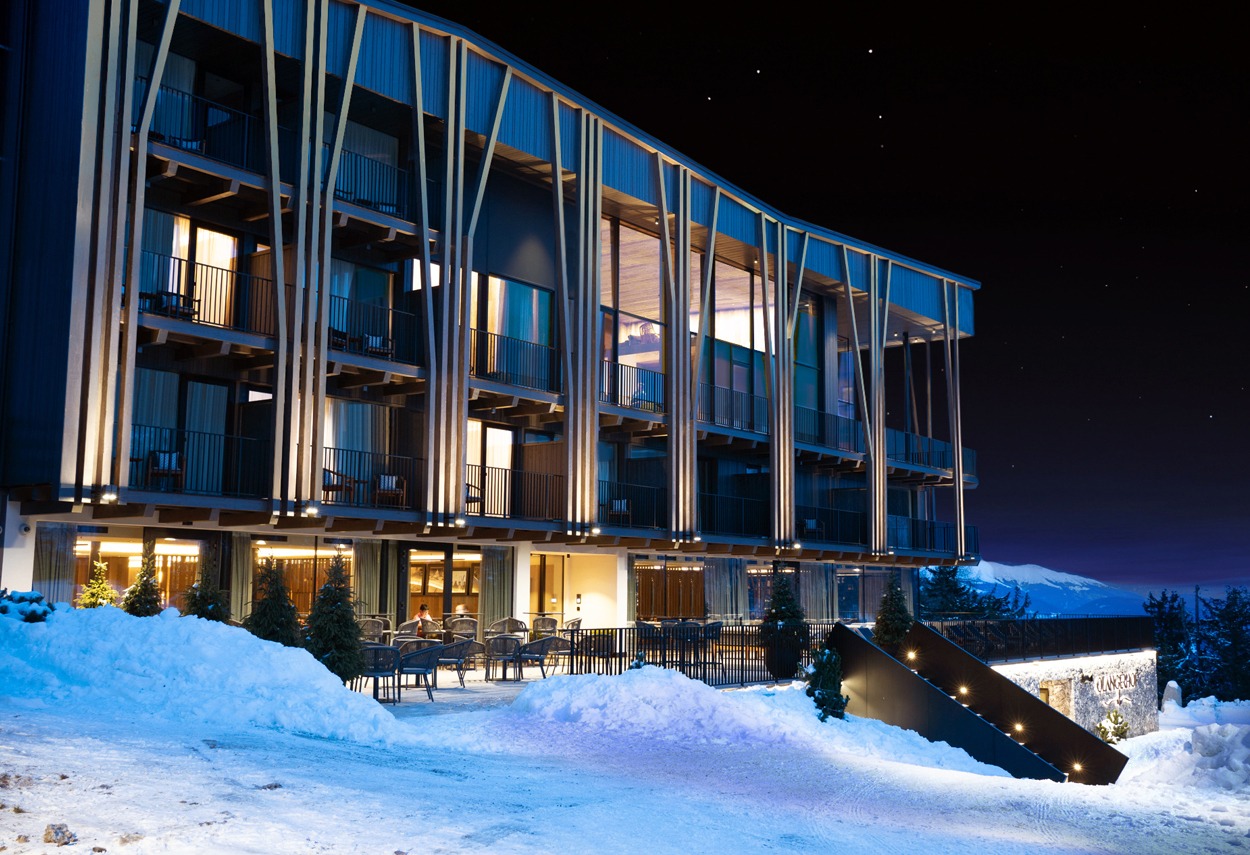Architectural Lighting Works: all projects
This section includes all the recently implemented projects and the projects being developed. To obtain correct lighting solutions, we must consider that aesthetics always come after ethics— first what "to do", and then "how to do it". Analyzing the context in which an object is located is an operation that suggests the correct lighting. Creativity does not mean improvisation without method; we must be protagonists of our learning.
Architecture is part of our personal history and, whether or not we are aware of it, most of our activities are carried out in buildings, houses, offices, restaurants, and commercial activities. From these reflections, we understand the importance of architecture and all that it involves, including lighting solutions. The Roman architect Vitruvius wrote that "Well building hath three conditions: firmness, commodity, and delight". Commodity refers to the intended use of the building: are the designed spaces suitable for the purpose for which it was built?
Italy | Milan | Visconti Palace | Private Foundation
Switzerland | Zurich | New Rock Showroom
Spain | Barcelona | Showroom Philipp Plein
Oman | Muscat | IOC Integrated Operation Center
Switzerland | Losanna | Private House
Italy | Fossò | Iris Shoe Factory
Italy | Modena | Sant'Agostino Cultural Center
Italy | Rome | Ara Pacis | Magnum Photographic Exhibition
Italy | Forlì | Saint Sophia | Theater complex "Mentor"
Italy | Venice | Danieli Hotel
Italy | Imola | Observance District
Italy | Milan | Brera | Six Senses Luxury Resorts
USA | Los Angeles | Private House
Italy | Florence | Giunti Odeon Bookshop and Cinema
Italy | Brugherio | RSE | Energy System Research
Italy | Calvenzano | Public Lighting Masterplan
Russia | Moscow | Lucky District Multifunctional Complex
United Arab Emirates | Abu Dhabi | National Oil Company
France | Paris | Iris Showroom
United Arab Emirates | Dubai | Private House
Italy | Rome | Ara Pacis | Magnum Photographic Exhibition
Italy | Forte dei Marmi | Missoni Showroom
Italy | Venice | Cini Foundation | Cenacolo Palladiano "Wedding at Cana"
Italy | Milan | Visconti Palace | Private Foundation
Switzerland | Zurigo | New Rock Showroom
Spain | Barcelona | Showroom Philipp Plein
Oman | Muscat | IOC Integrated Operation Center
Switzerland | Losanna | Private House
Italy | Fossò | Iris shoe factory
Italy | Modena | Sant'Agostino Cultural Center
Italy | Rome | Ara Pacis | Magnum Photographic Exhibition
Italy | Forlì | Saint Sophia | Theater complex "Mentor"
Italy | Venice | Danieli Hotel
Italy | Imola | Observance District
Italy | Milan | Brera | Six Senses Luxury Resorts
USA | Los Angeles | Private House
Italy | Florence | Giunti Odeon Bookshop and Cinema
Italy | Brugherio | RSE | Energy System Research
Italy | Calvenzano | Public Lighting Masterplan
Russia | Moscow | Lucky District Multifunctional Complex
United Arab Emirates | Abu Dhabi | National Oil Company
France | Paris | Iris Showroom
United Arab Emirates | Dubai | Private House
Italy | Rome | Ara Pacis | Magnum Photographic Exhibition
Italy | Forte dei Marmi | Missoni Showroom
Italy | Venice | Cini Foundation | Cenacolo Palladiano "Wedding at Cana"
Is the building correctly located in the urban context? Firmness regards the structural aspect: are the materials and the construction suitable for that building? In that specific place? In that climate? Delight refers to the aesthetic aspect, even if this implies a multiplicity of personal judgments. Good architectural lighting work must integrate perfectly with these three parameters, enabling shape, structure, function, and beauty to emerge. Each of us has his own mindset, due to his professional training, tradition, and culture, but we must try to imagine why a designer has thought that way and why he has chosen a certain way to develop his project. There isn’t a single reason for lighting design, but neither is there a single solution to its requirements, which is why the designer makes a choice that he considers optimal.
Light: A Subject and Tool for Designers
Collaboration with architects and engineers is important because they give shape and function to the space in which lighting solutions will be applied. In reference to the relationship between light and architecture, Gae Aulenti said, "By day a window is a beautiful lamp". Le Corbusier affirmed that "Architecture is the skillful, rigorous and magnificent play of volumes assembled in the light", highlighting how architecture and natural light are inextricably linked to each other and that the former couldn’t exist without the latter. Natural light has been used for centuries as the primary source of illumination inside living spaces and has always been an integral part of the architectural project.
We must consider that natural light is not the same everywhere: its characteristics, nuances, and colors vary in relation to geographical and territorial coordinates. The ability to interpret this variability becomes an important tool that distinguishes the most sophisticated architectural lighting work on both a conceptual and technological level. A testimony to the role of natural light in architecture is taken from "De Architectura" by Vitruvio, in which the academic highlights the importance of orientation and irradiation in the building project. During the Renaissance, natural light influenced the architectural project, not only because of its illuminating function but also as a means of creating an aesthetic effect on the illuminated environment.
The potential of natural light, which was overshadowed in the 1900s by the increasing availability of low-cost electricity, is now being rediscovered and enhanced by a careful and increasingly scrupulous lighting study. In contemporary architecture, natural light has once again claimed a central role in the project, becoming, itself, material for architecture, like the other materials used to define the interior and exterior environments. Spanish architect Campo Baeza uses light to activate the containing space by introducing an element that fills and enhances it. The beam of light crosses its spaces diagonally, a far-reaching horizontal light grazing the floor to mark the void.
We are not referring to diffused light or to the illumination and homogeneous values of light in distinct internal or external planes of a volume, but to something much more concrete: a mark of light, like an element that hypothetically acts and gradually changes its shape according to the movement of the sun during the day, like a real protagonist passing the baton to artificial light. This highlights how architectural lighting work is as effective as it is indispensable in the management of natural light.
Japanese architect Tadao Ando designs houses as "tools to take control of nature. The construction materials are not limited to wood or concrete, which have tangible forms, but go beyond those to also include the wind and light". Shadow, sunlight, and geometry result in experiential phenomena. If the architect is dealing with this natural phenomenon of light, an architectural space can create different shadows. A fundamental goal is to open our eyes and see the changing events of daylight and the seasons. This is a clear conception that leads to geometry, structure, and material, and shapes the spaces with light.
Refraction, reflection, transparency. The visual play of refracted and reflected light can develop a daily and seasonal change— carefully composed music in each room. The natural light design must be perfectly integrated with the architectural lighting work, creating a sense of continuity that is as close as possible to a real vision of the light. Light and darkness play a central role in the definition of the architecture space and the nocturnal landscapes of our cities. Interior spaces and outdoor spaces are less and less diametrically opposed; indeed, contemporary architectural design considers them part of an integrated project, characterizing them with a unique style.

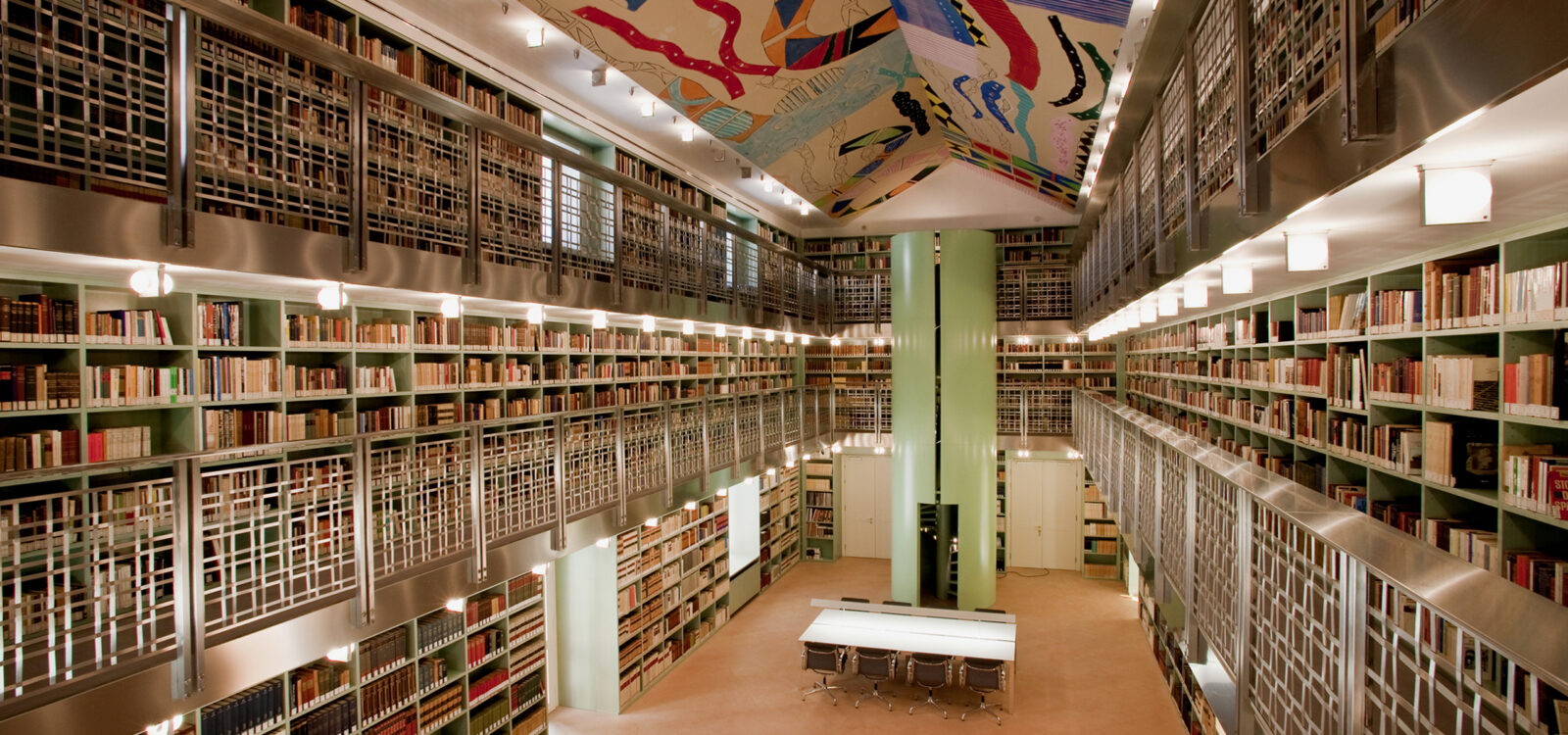
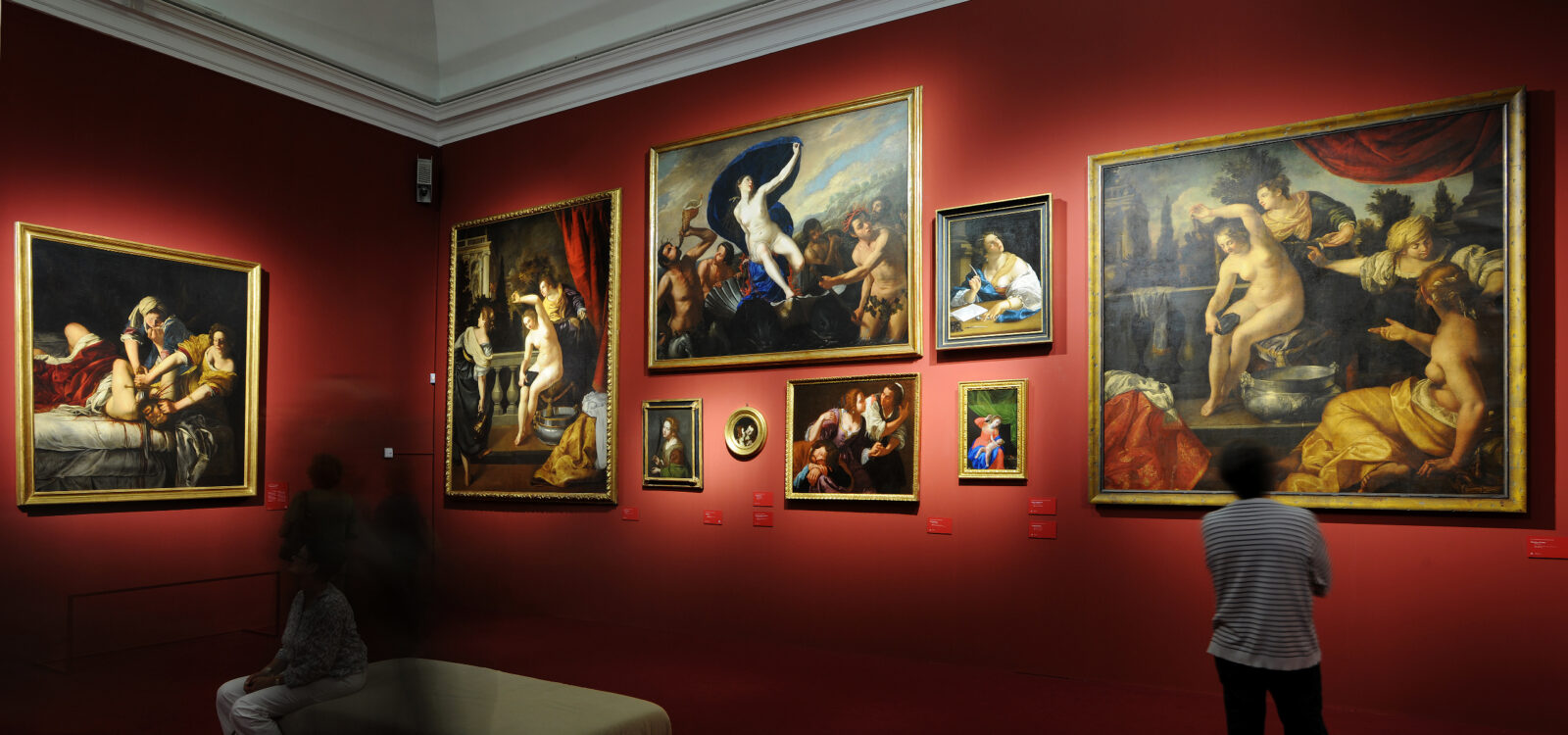
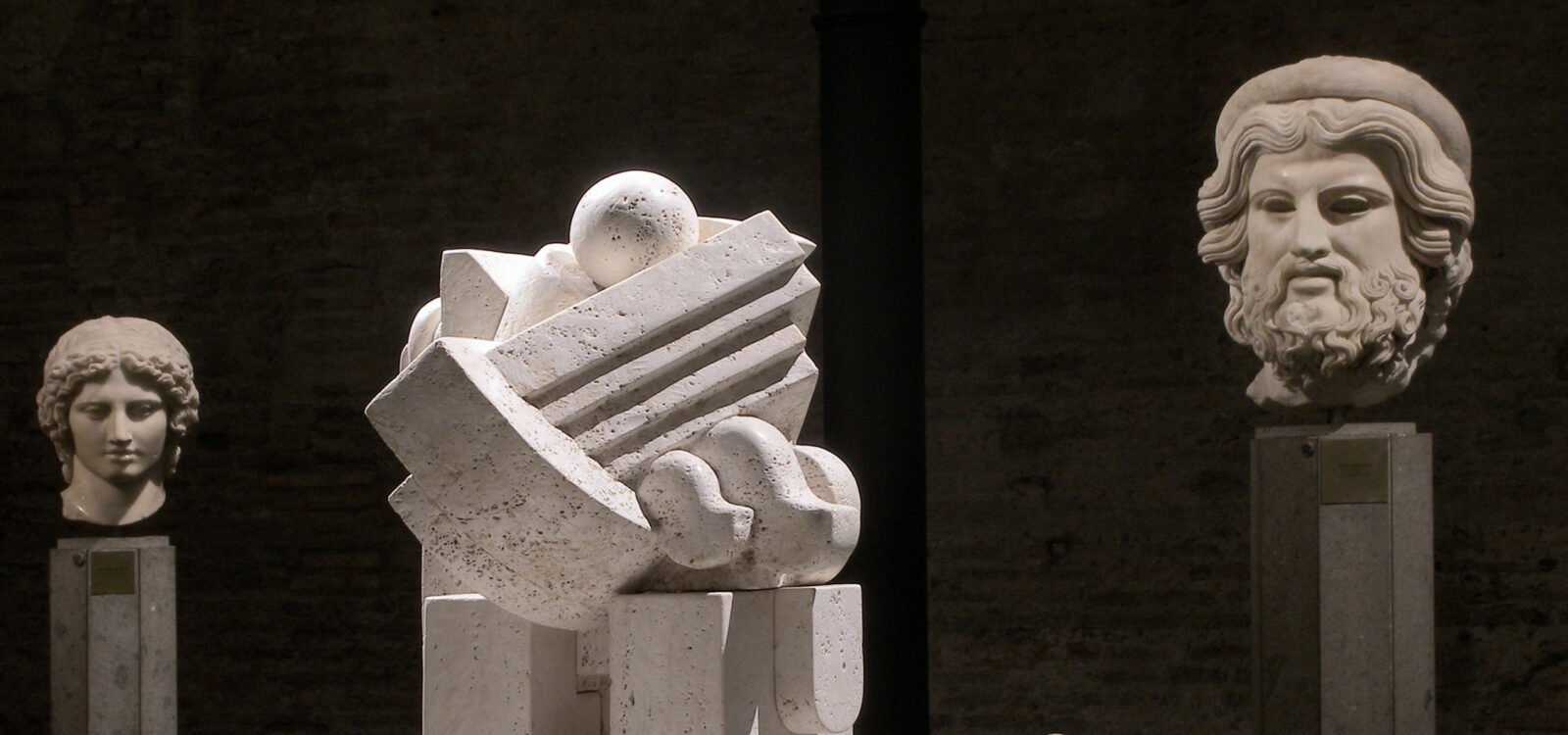
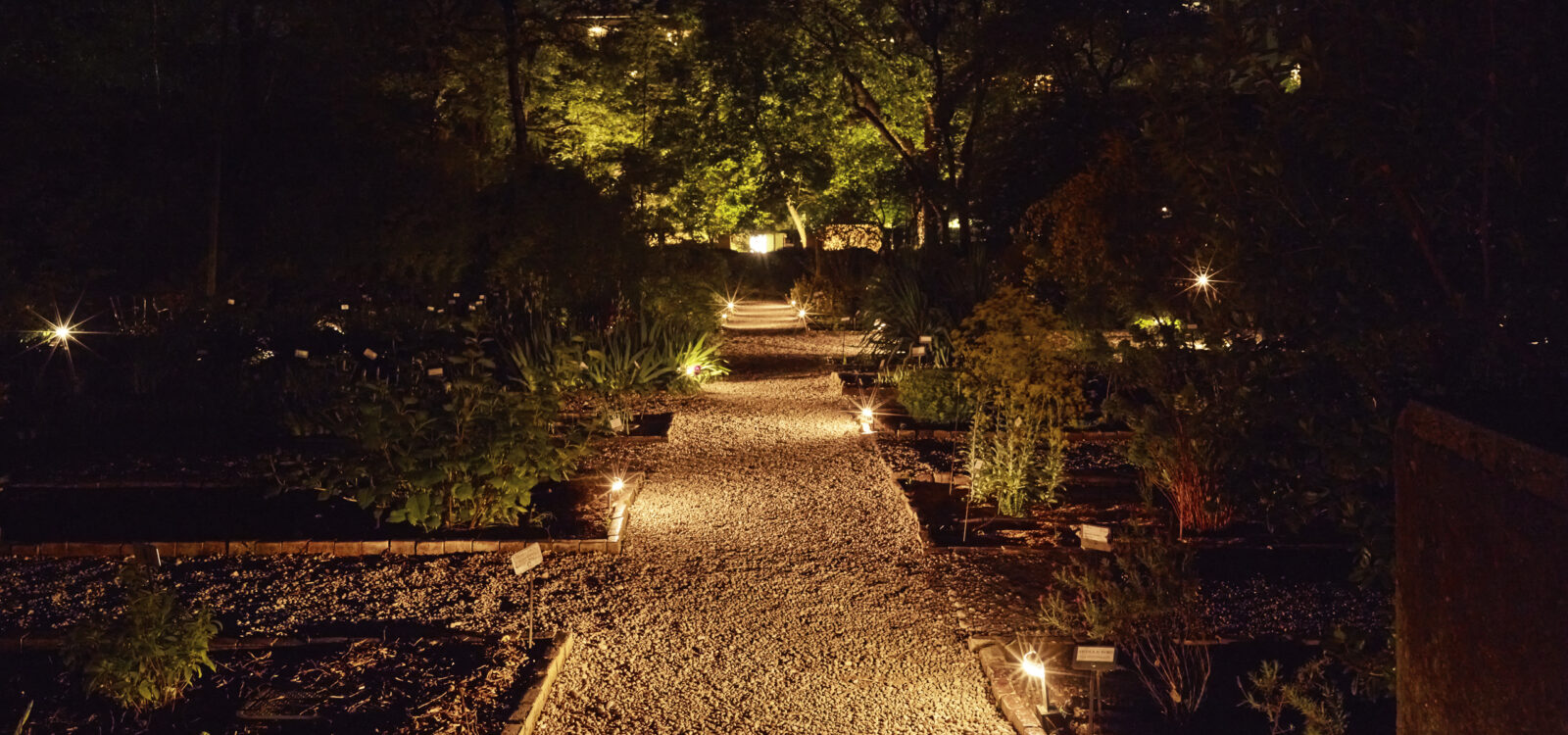
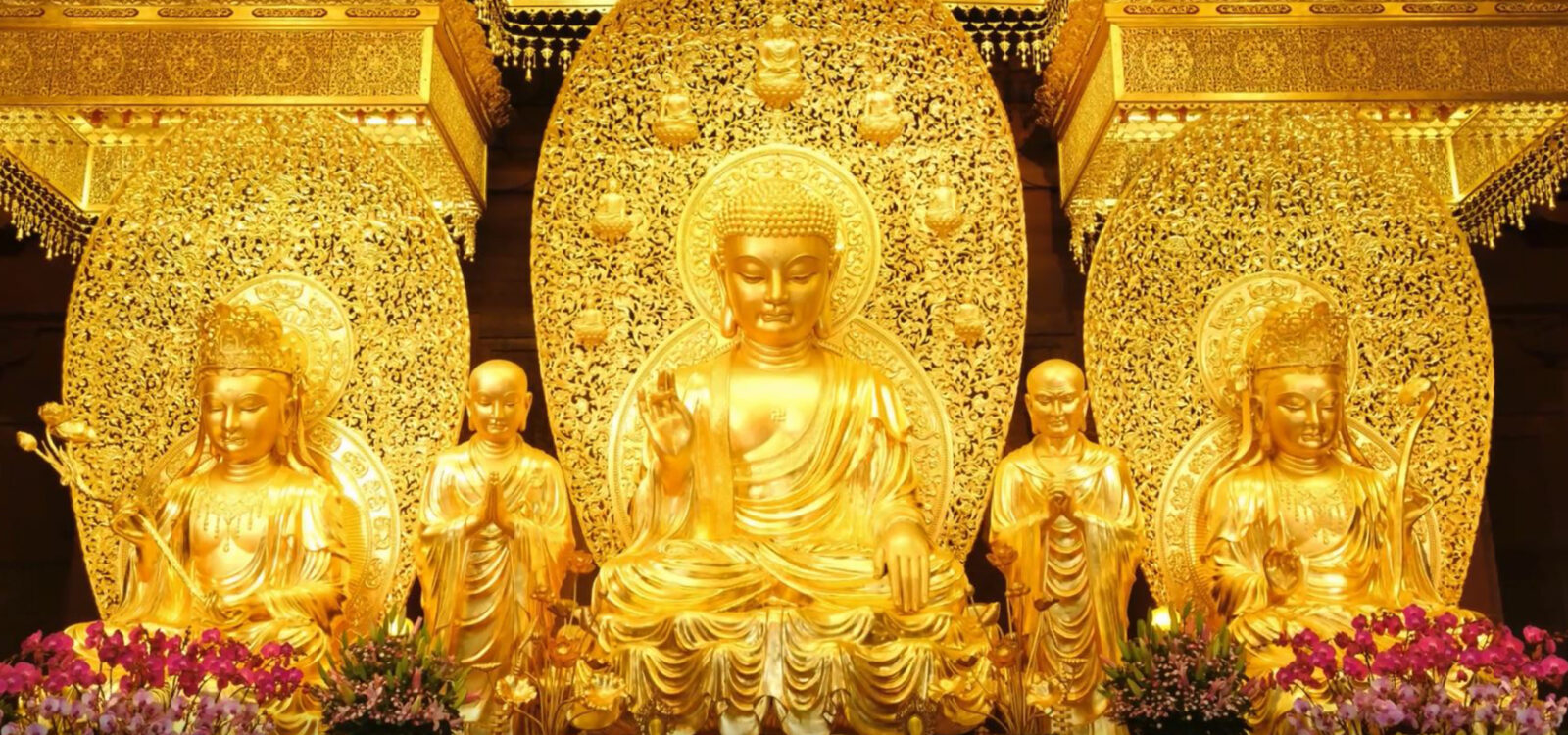
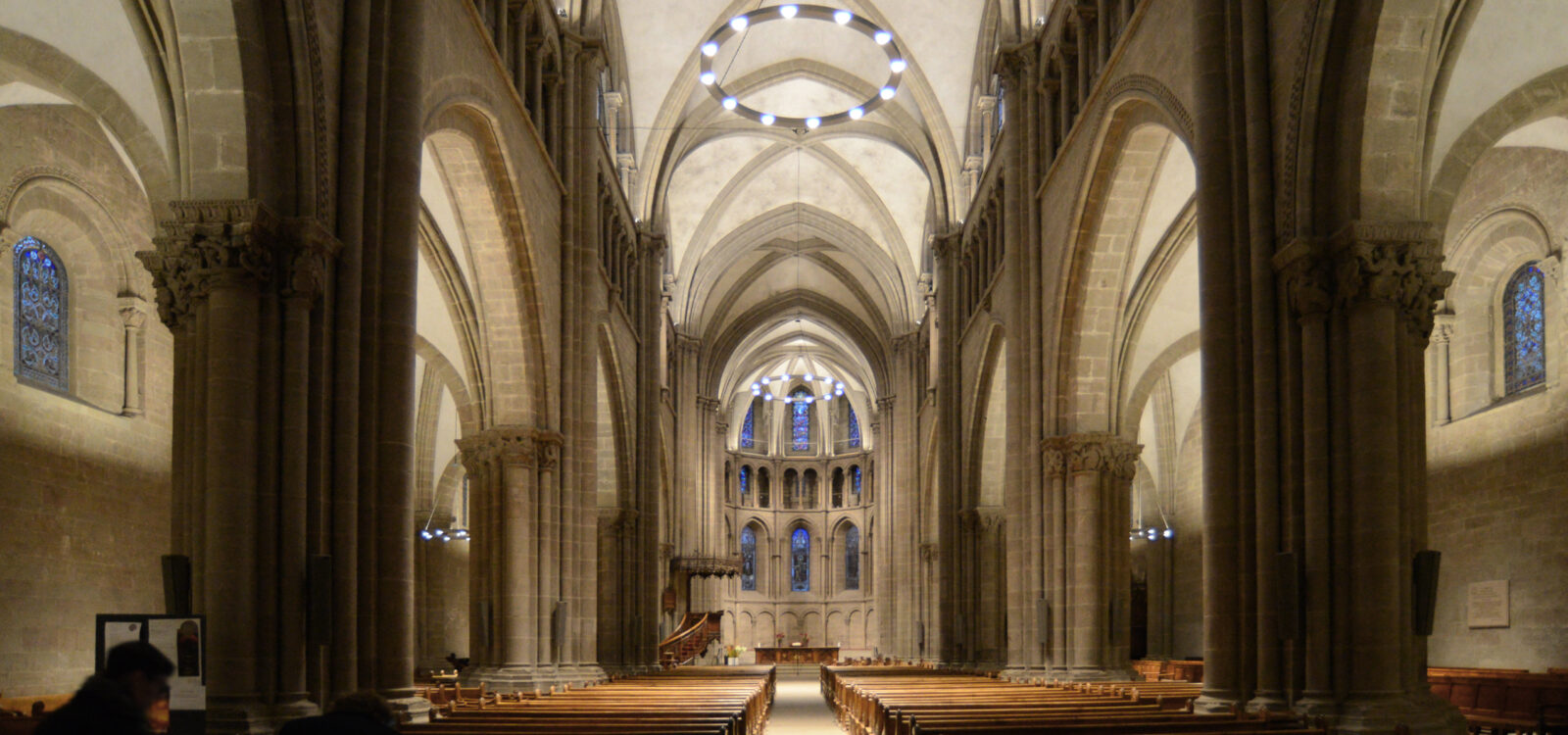
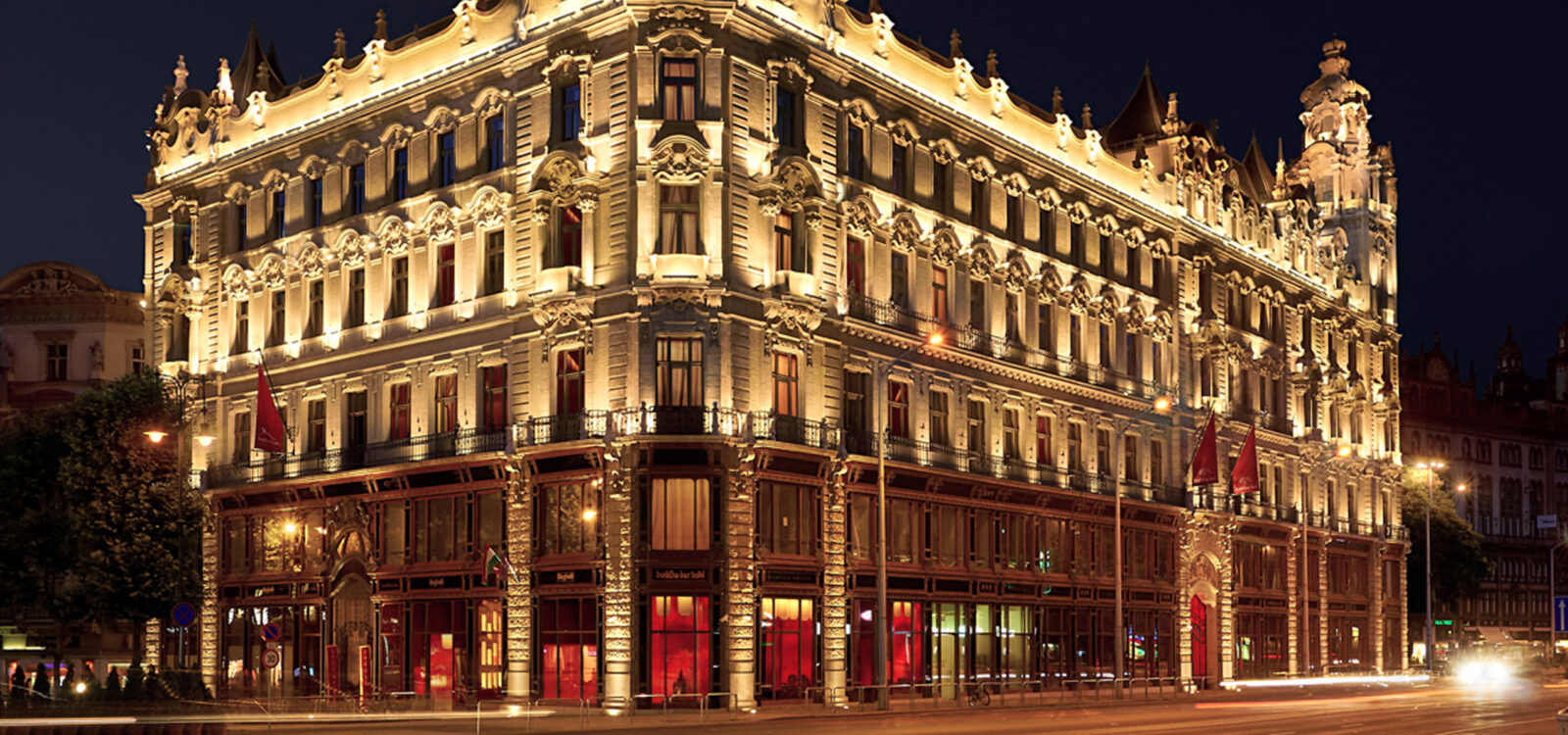
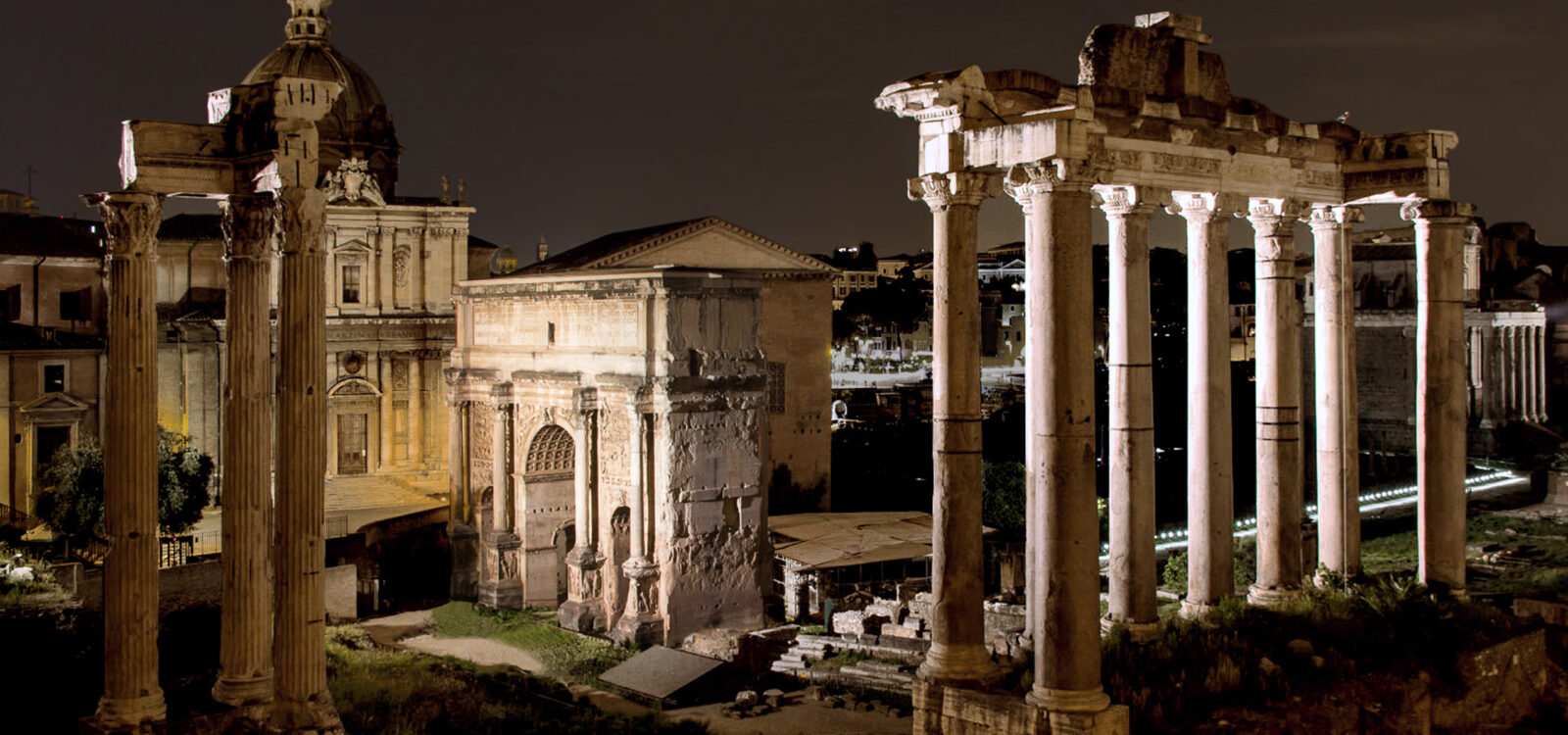
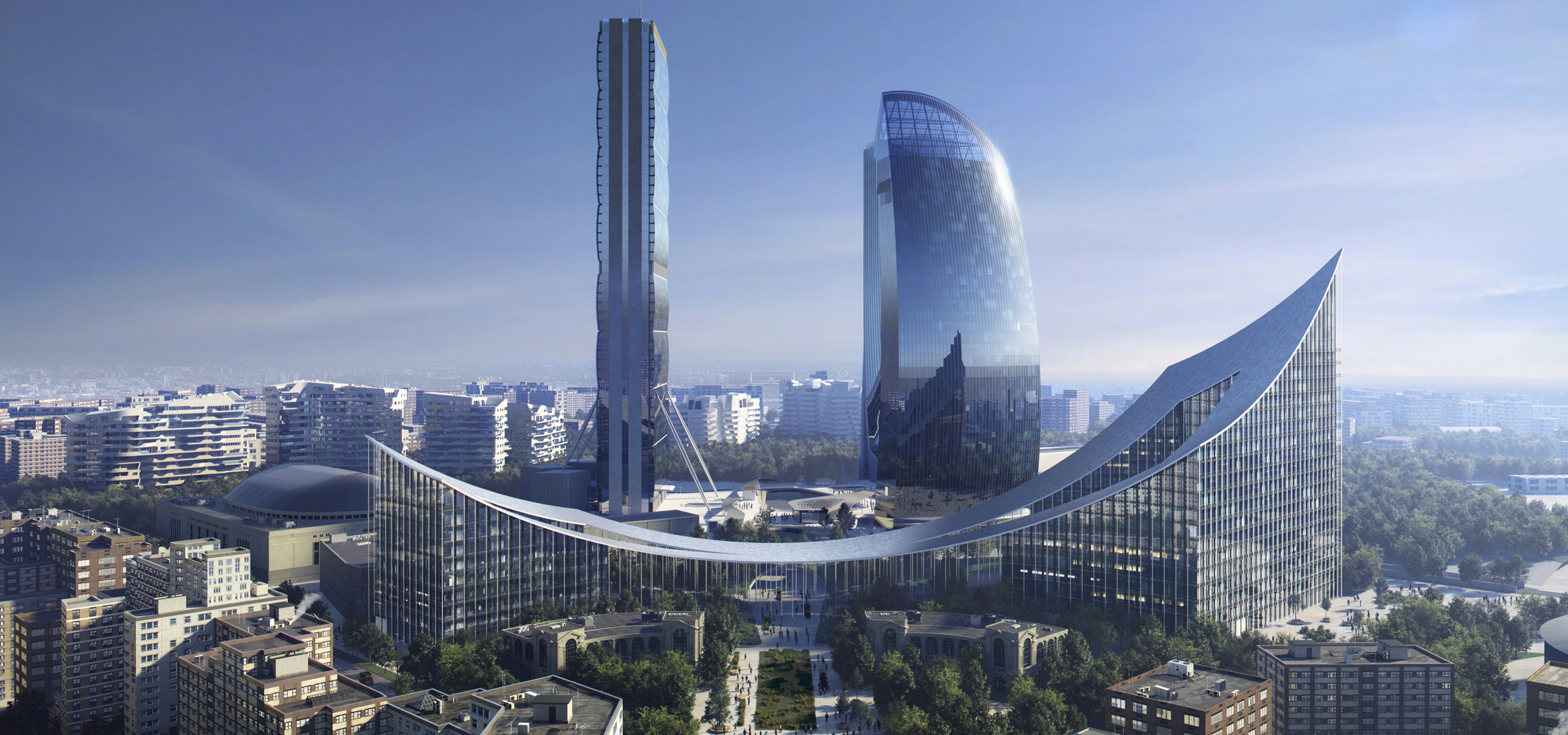
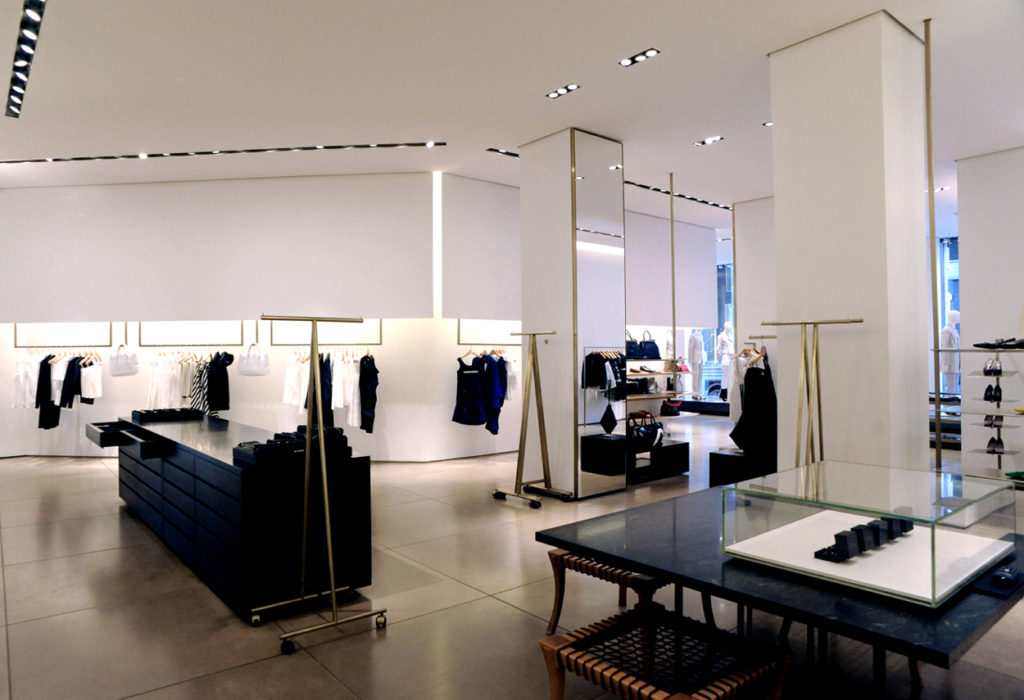




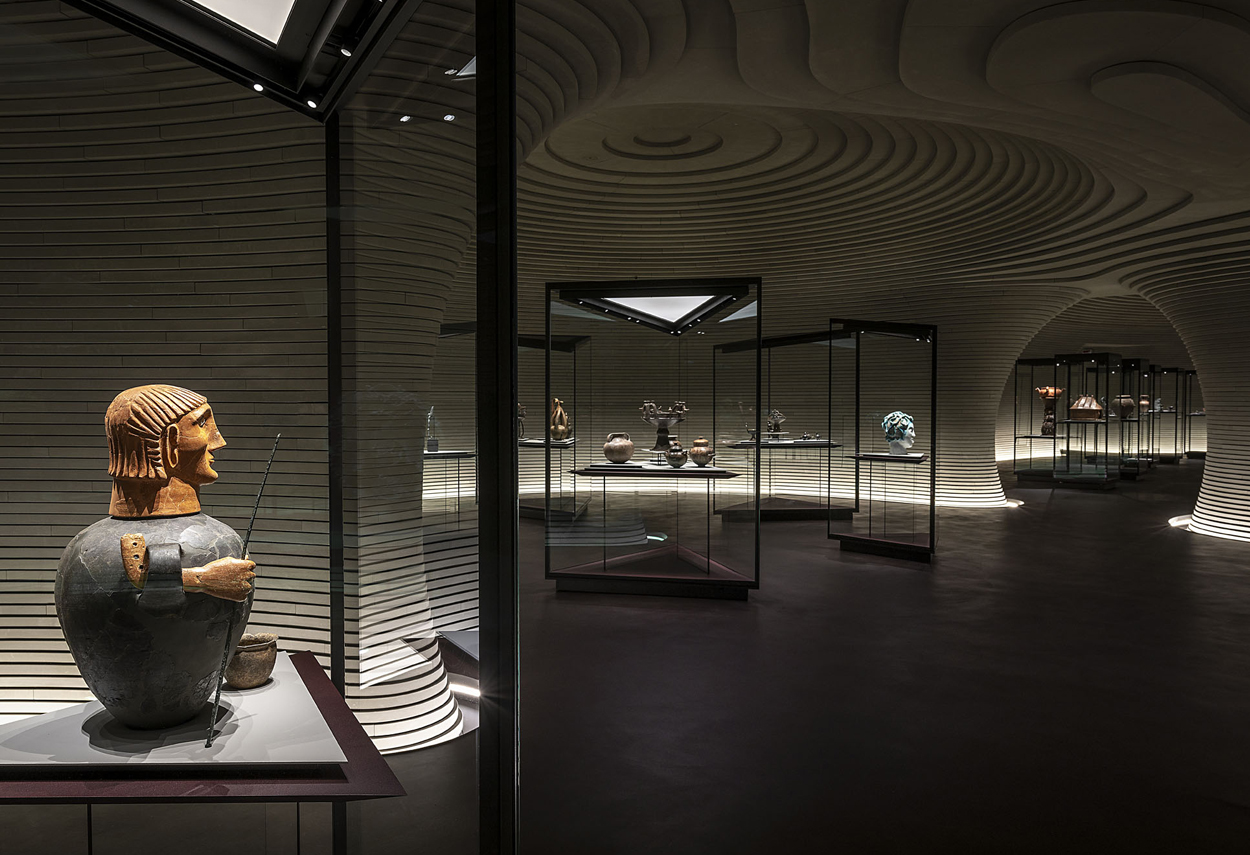
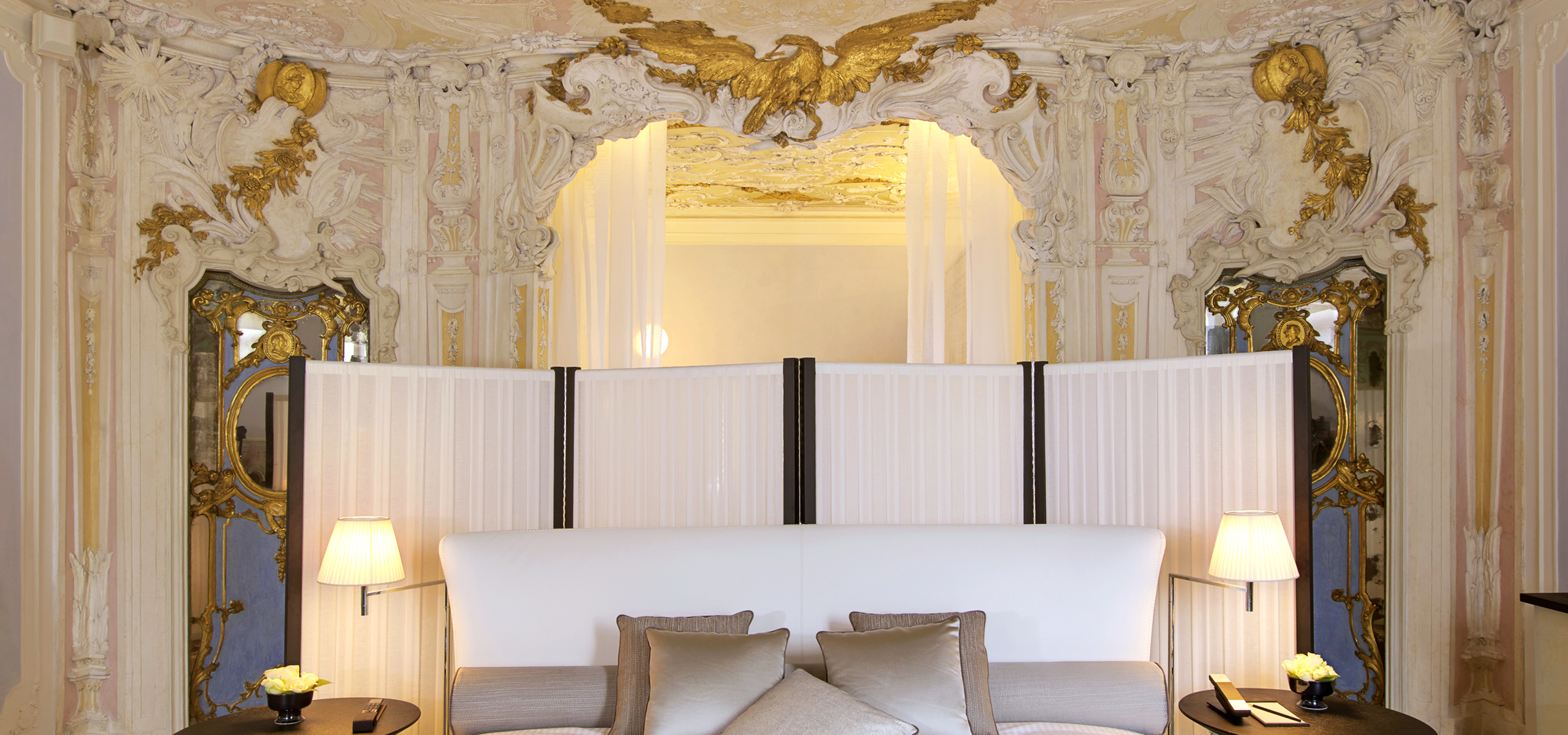


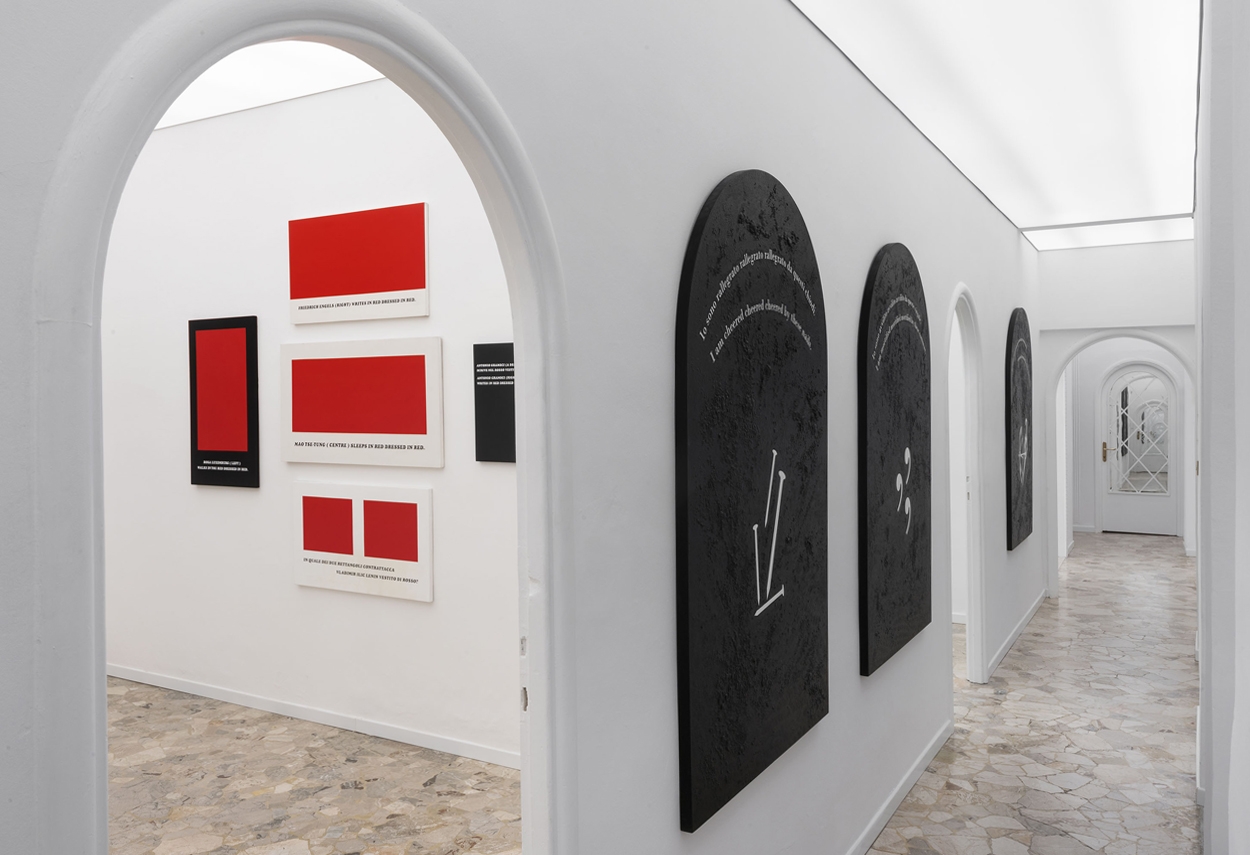
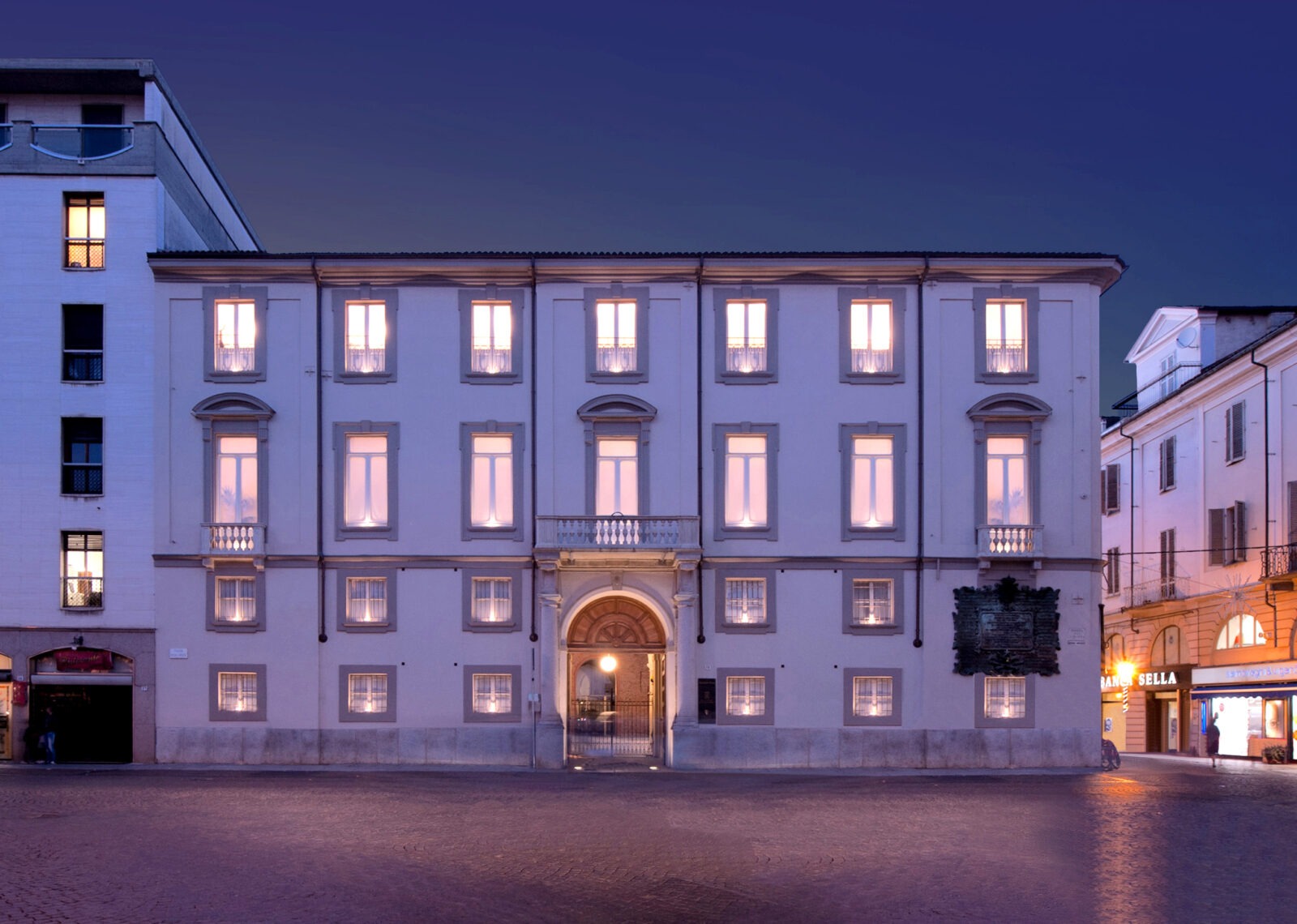

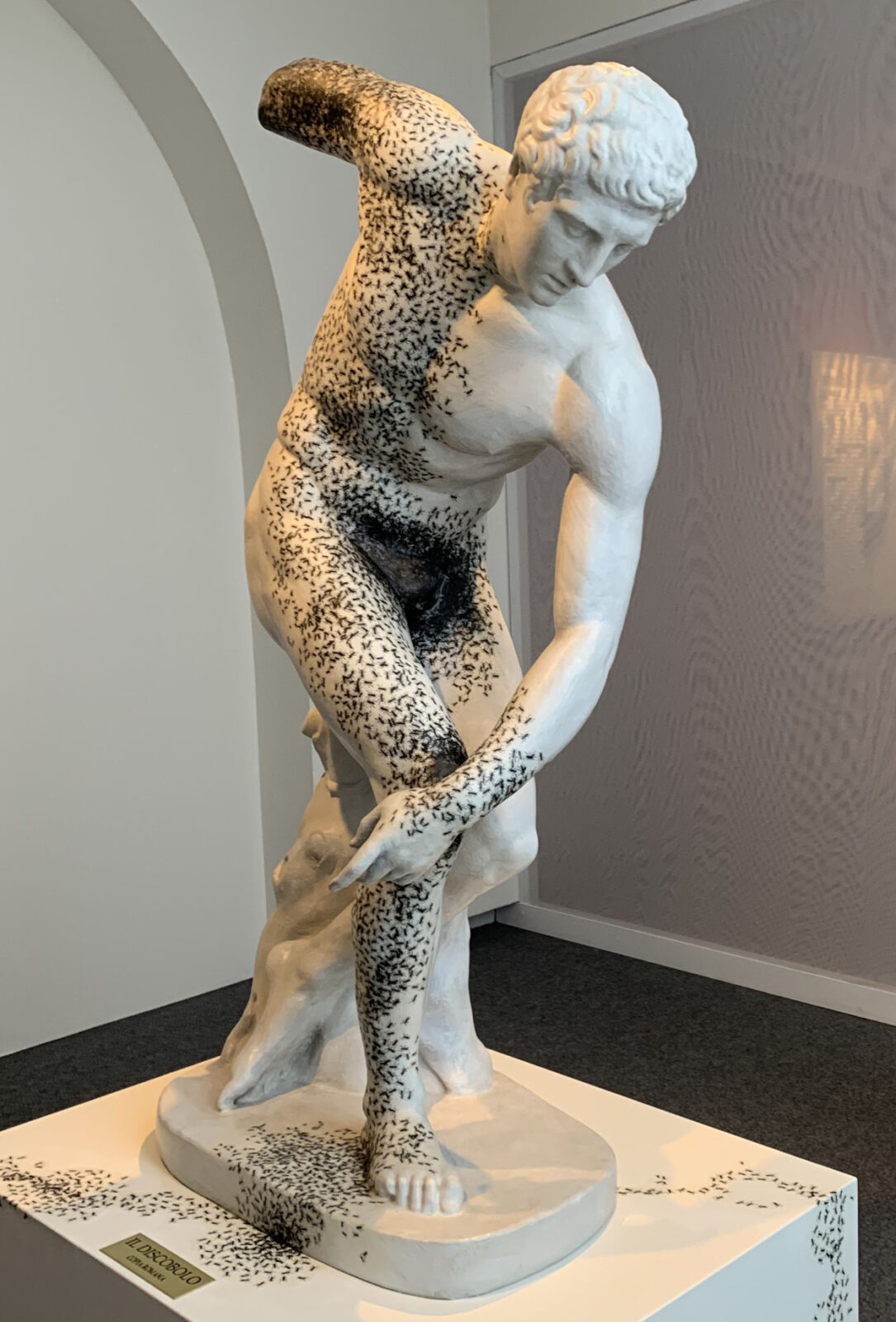
![[Slide]-San-Pellegrino-Headquarter](https://www.petruccimarco.it/en/wp-content/uploads/2022/02/Slide-San-Pellegrino-Headquarter.jpg)
